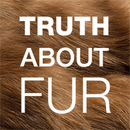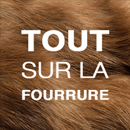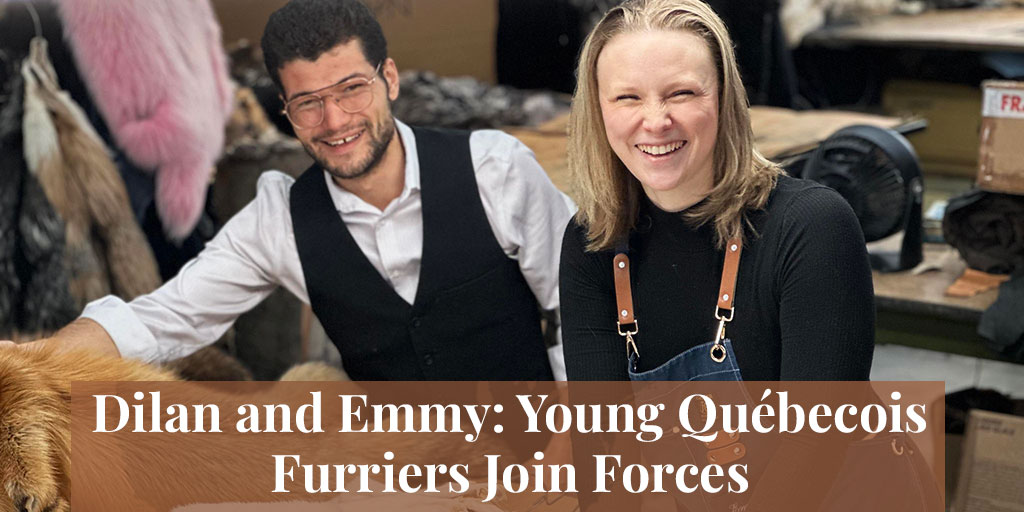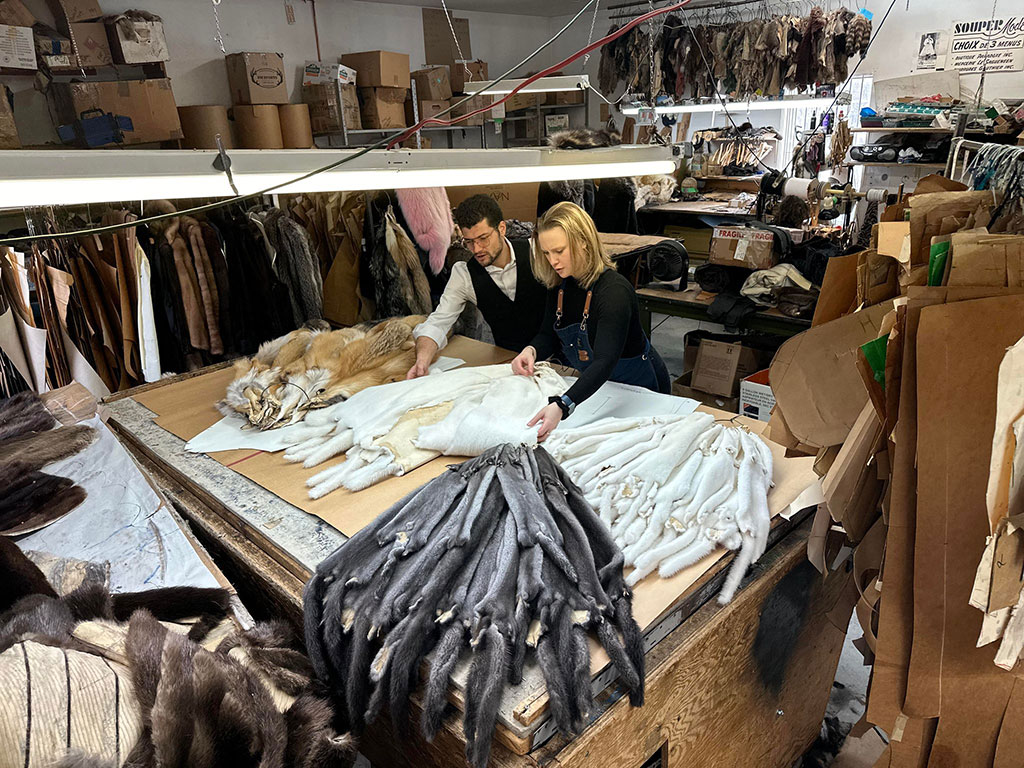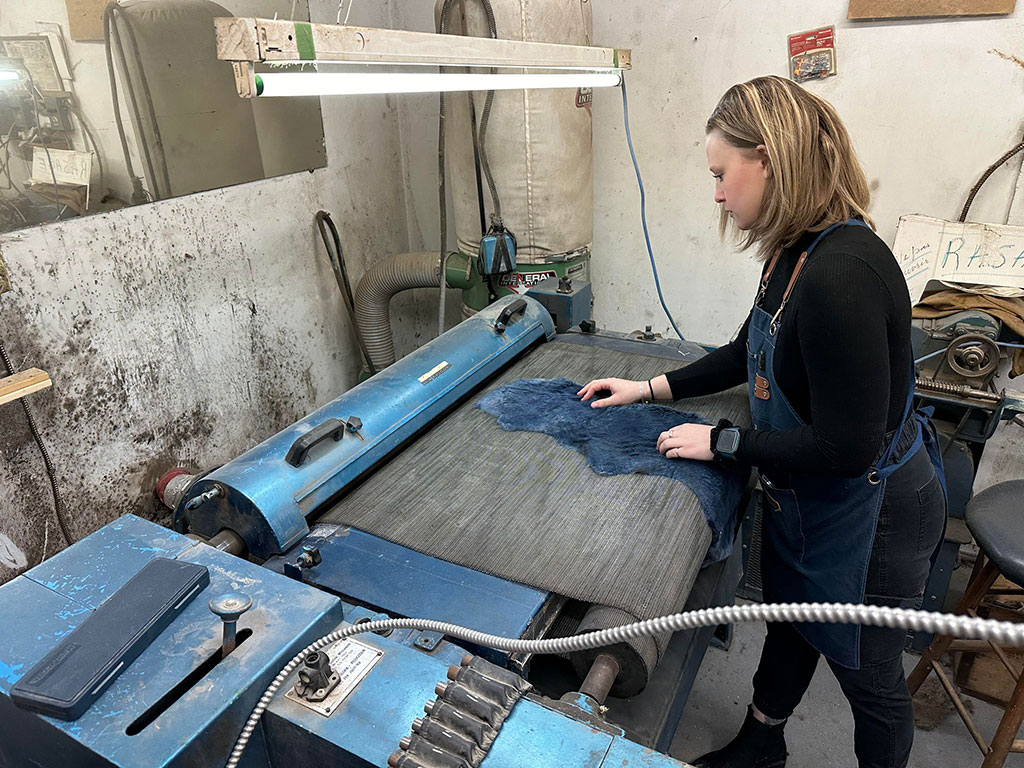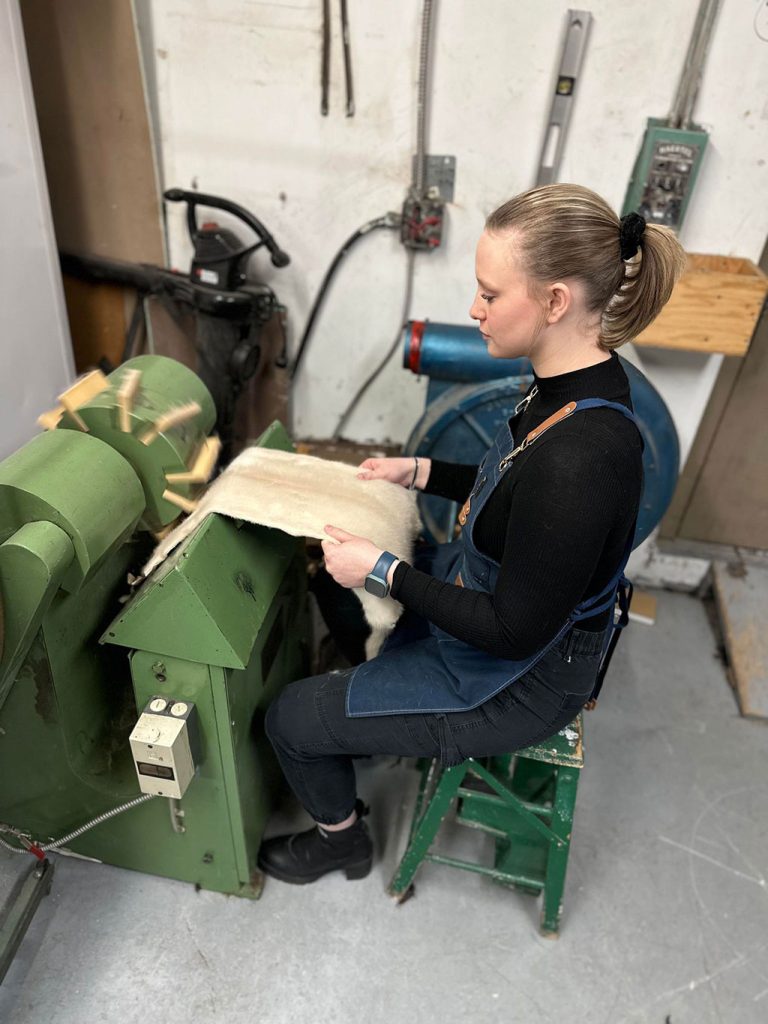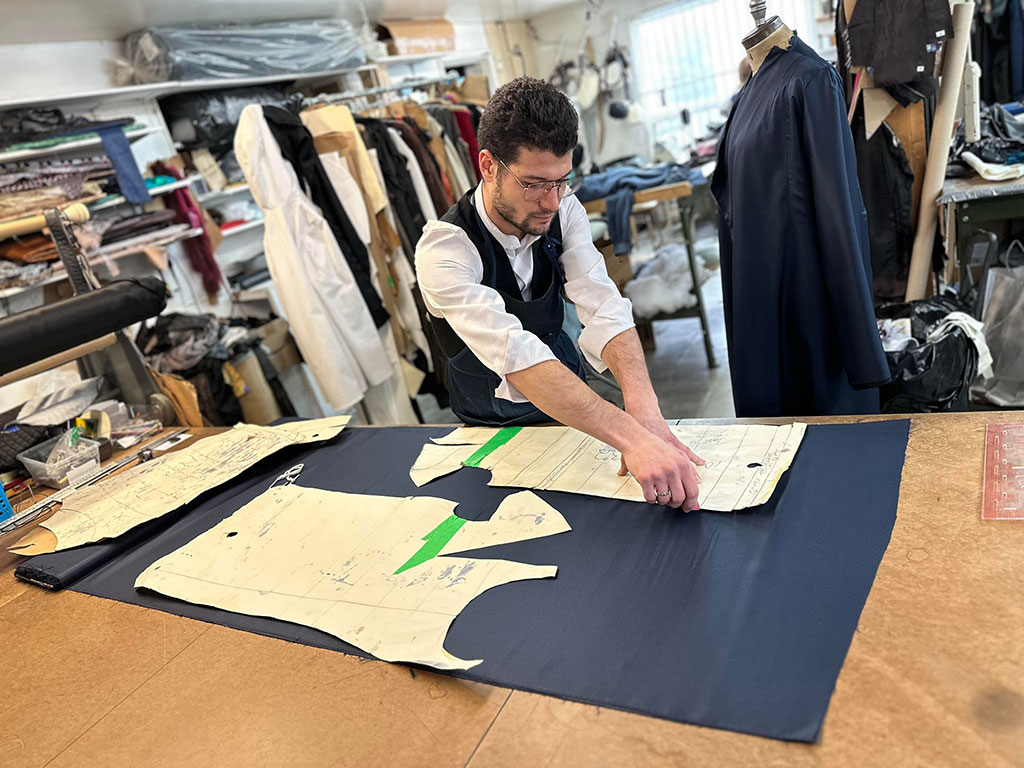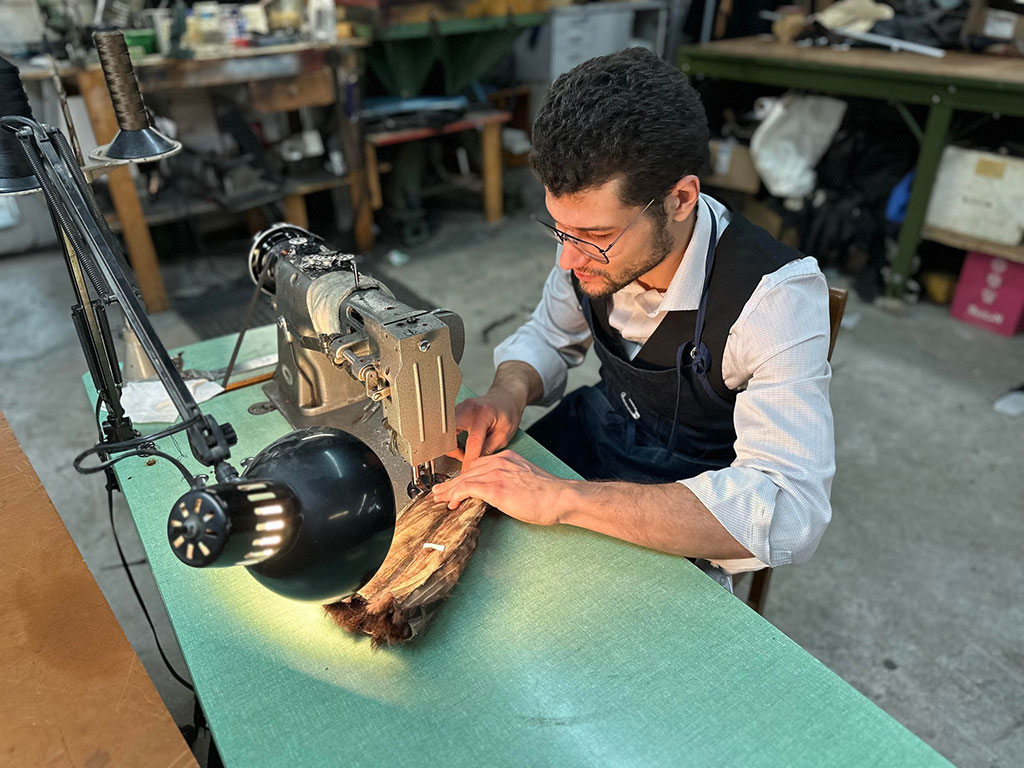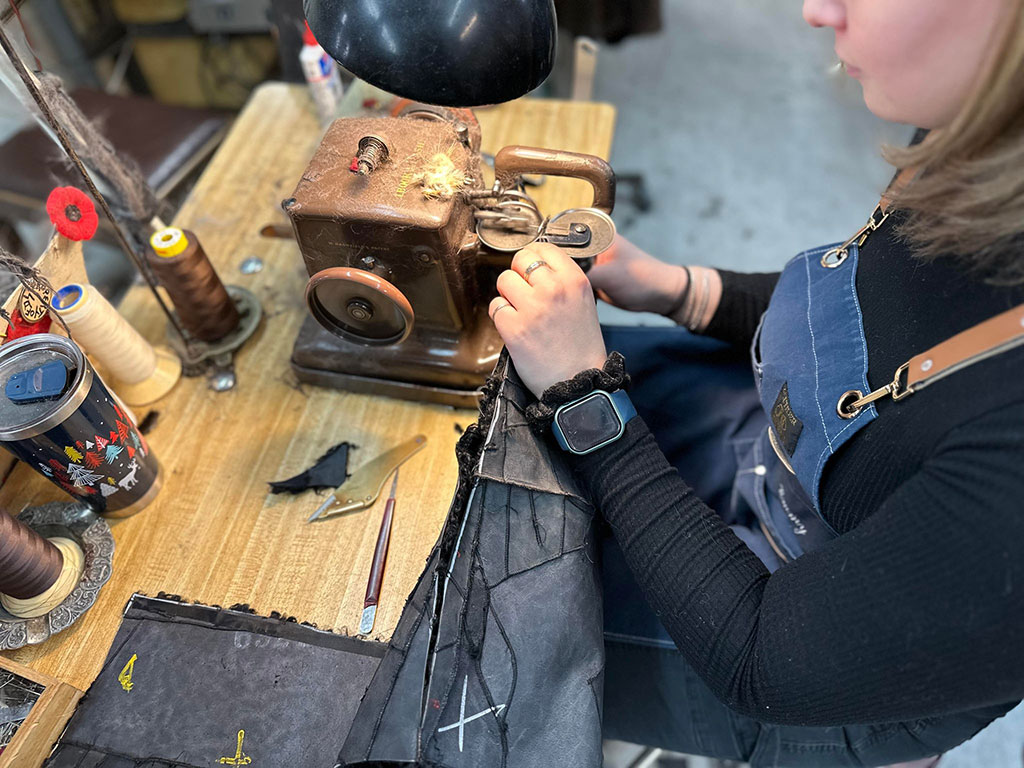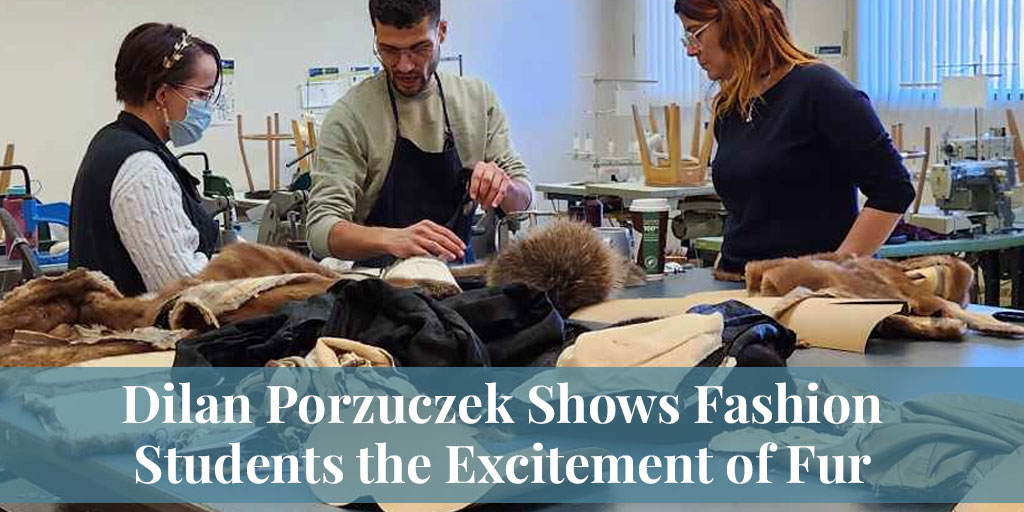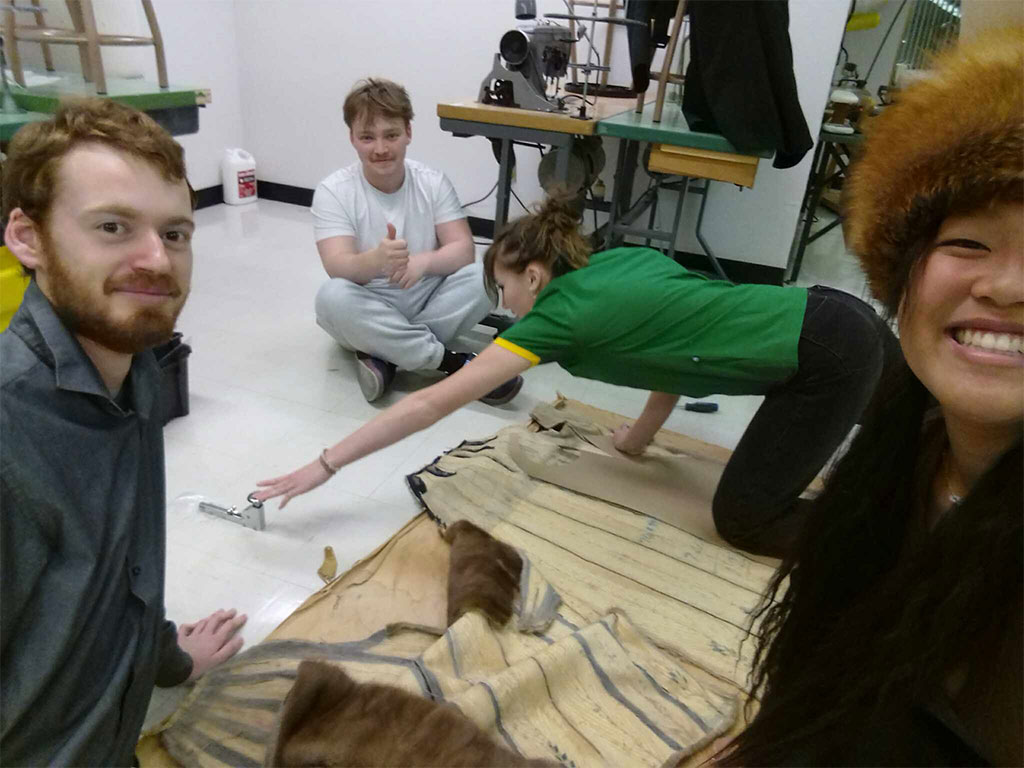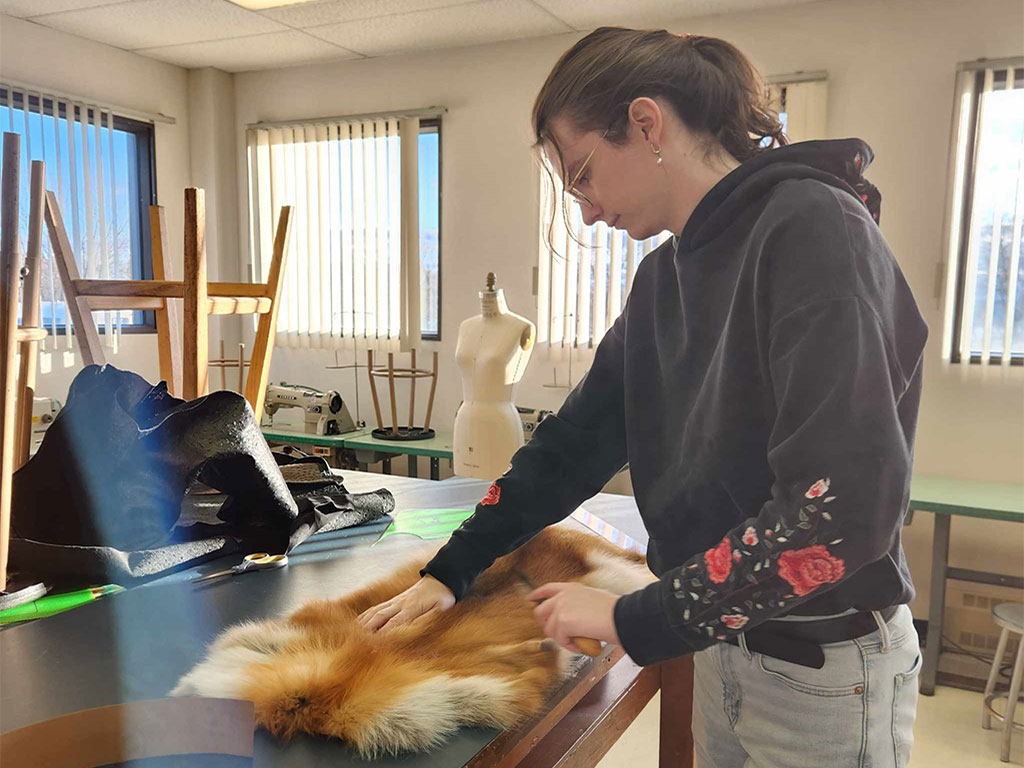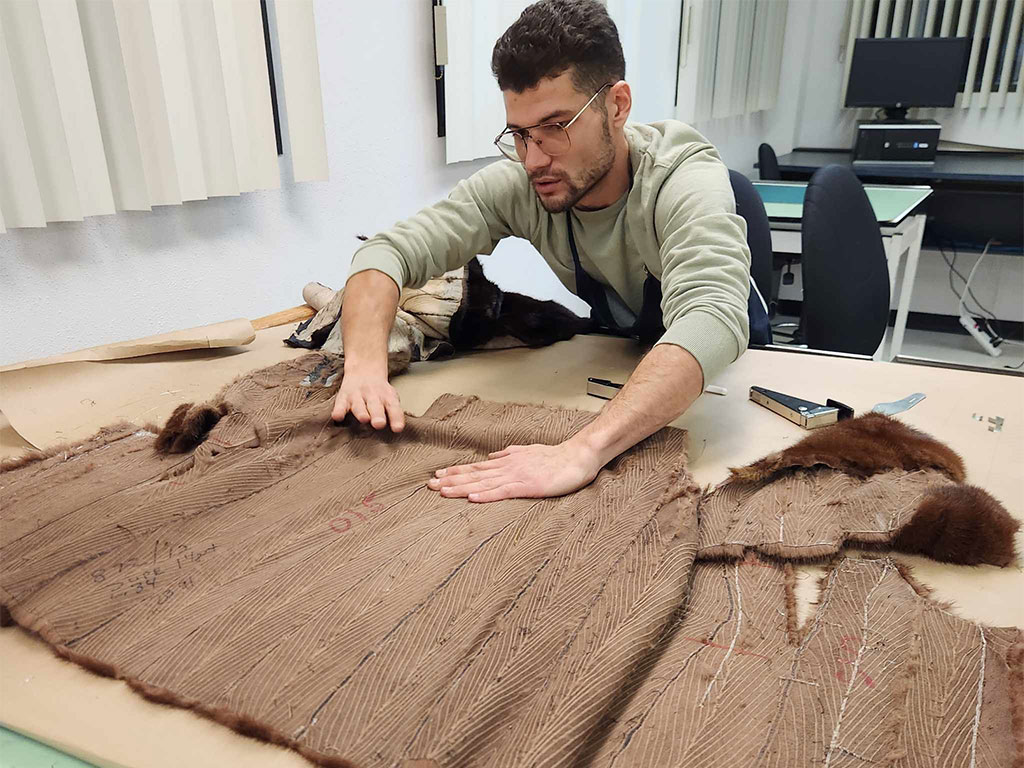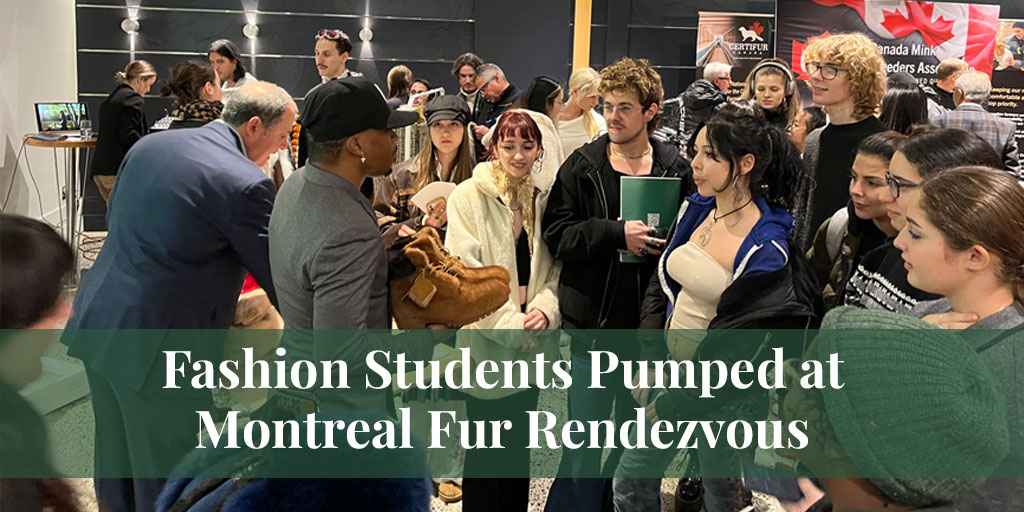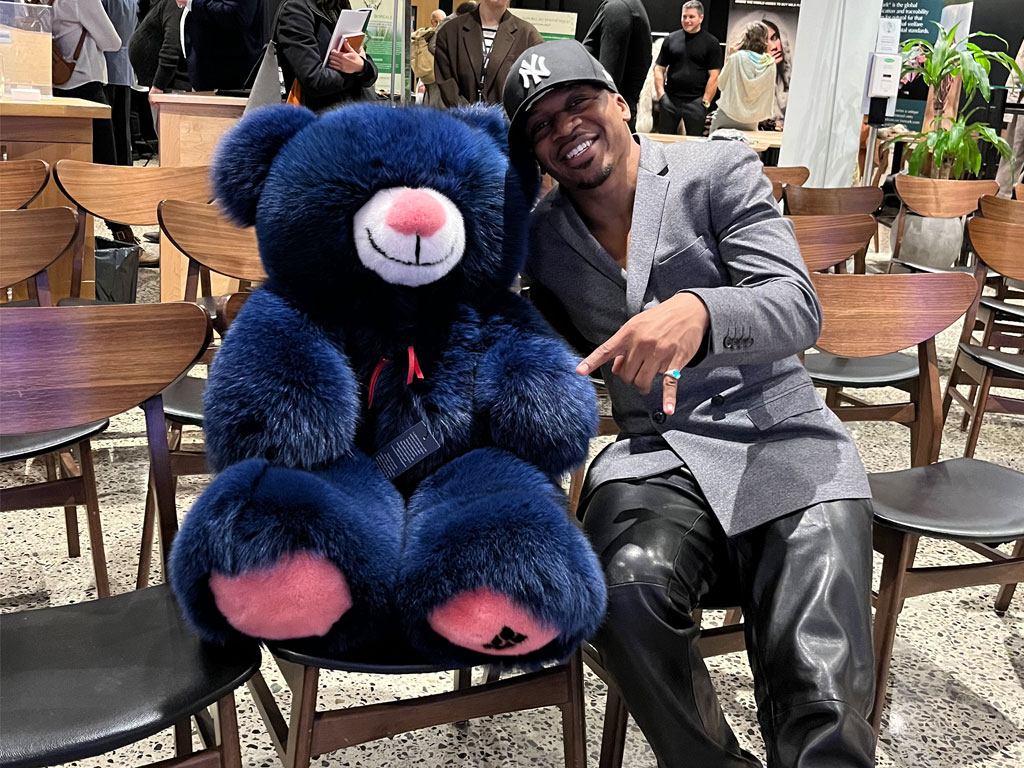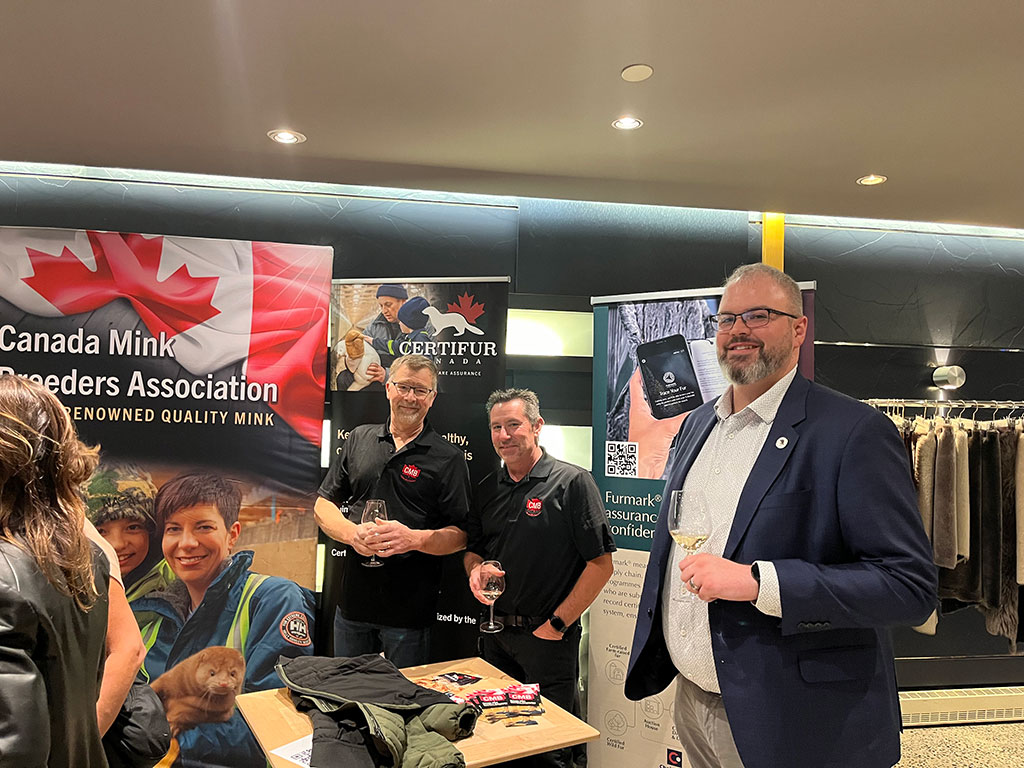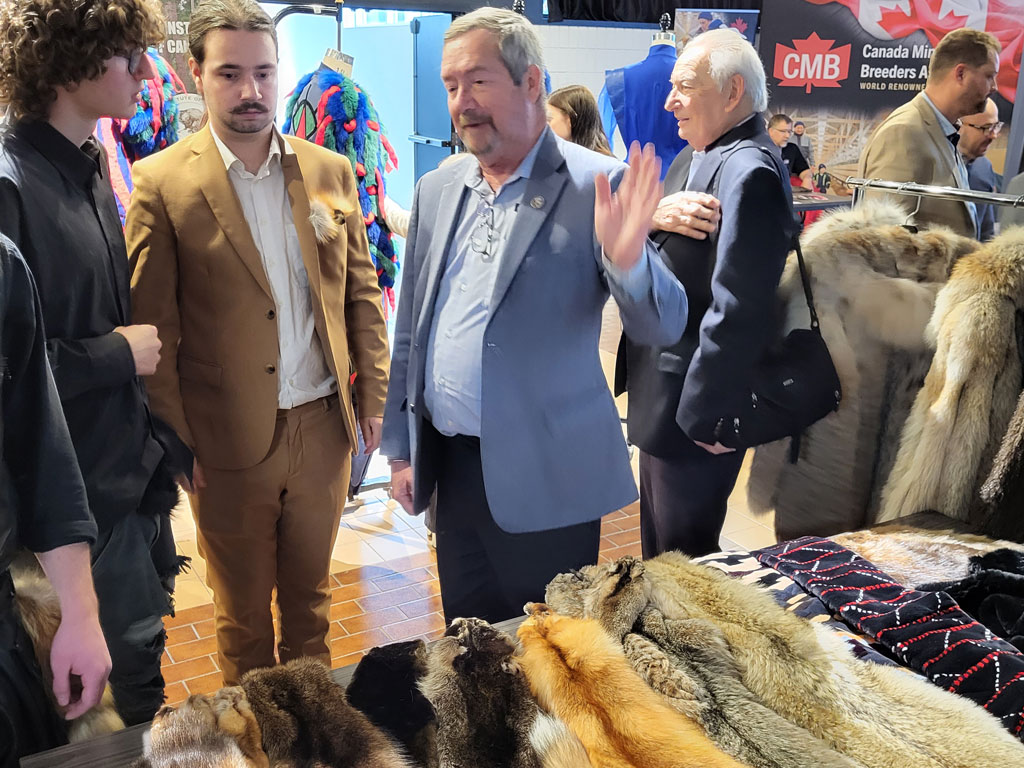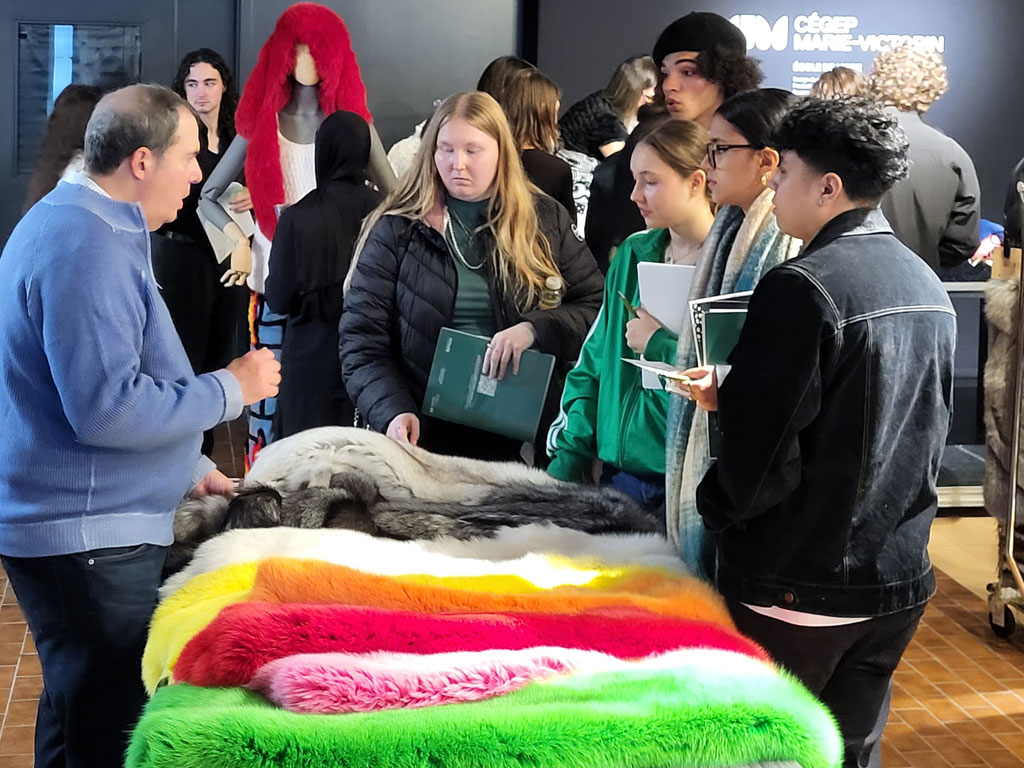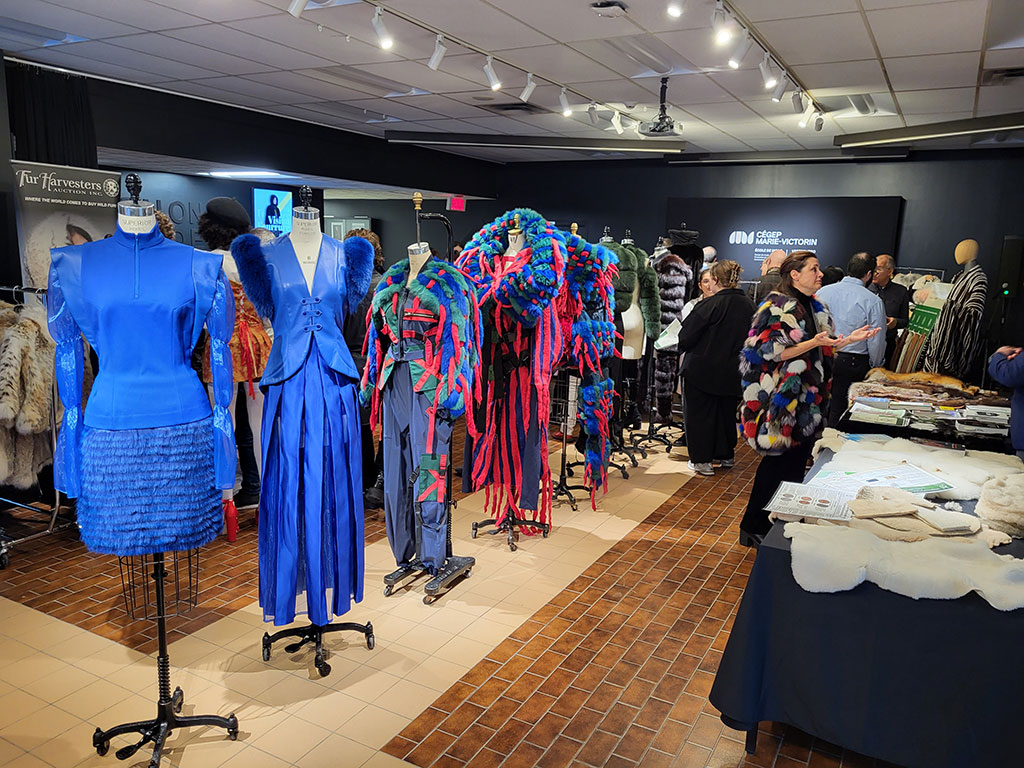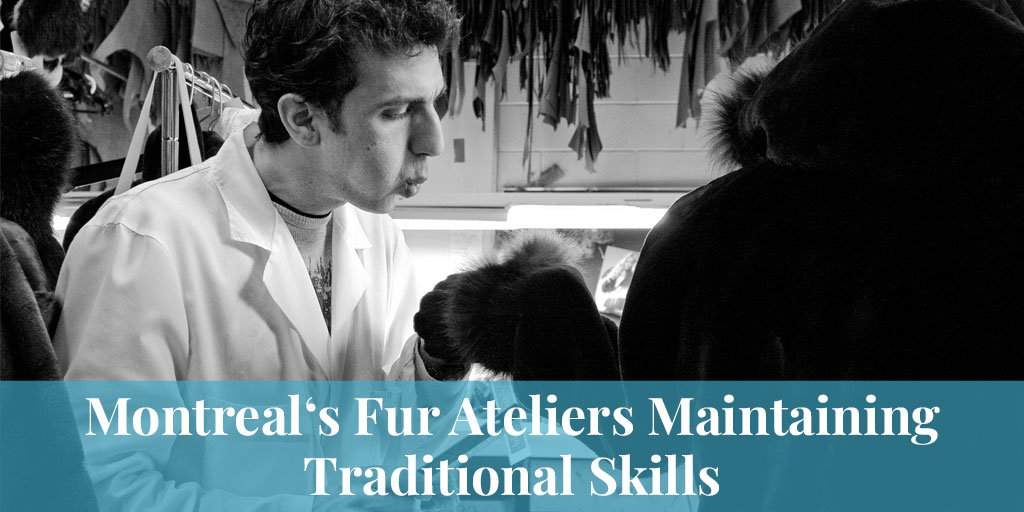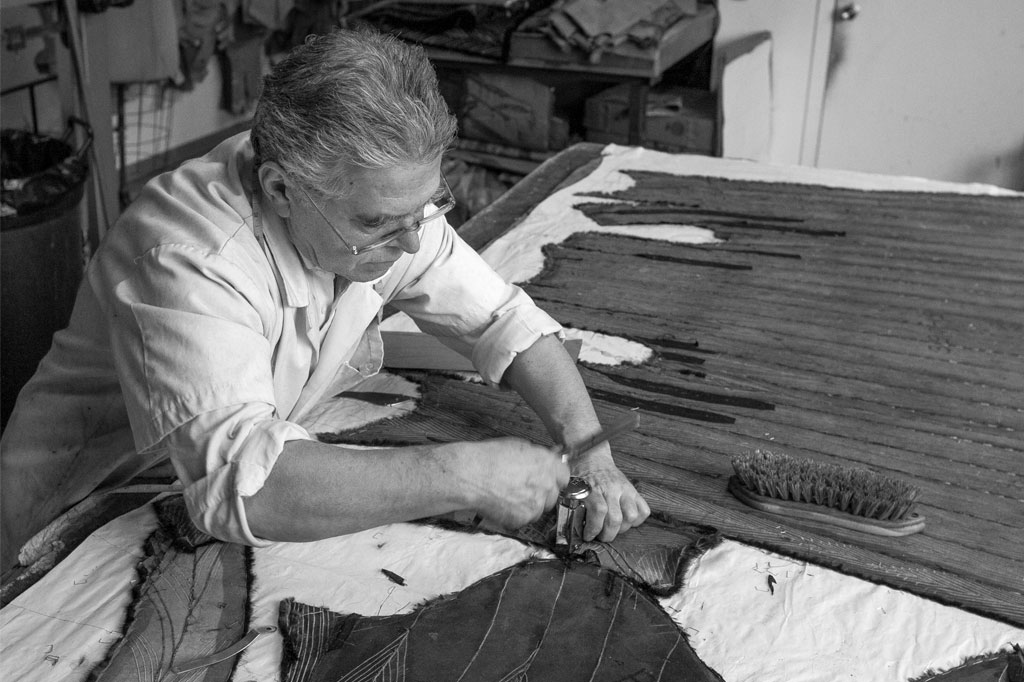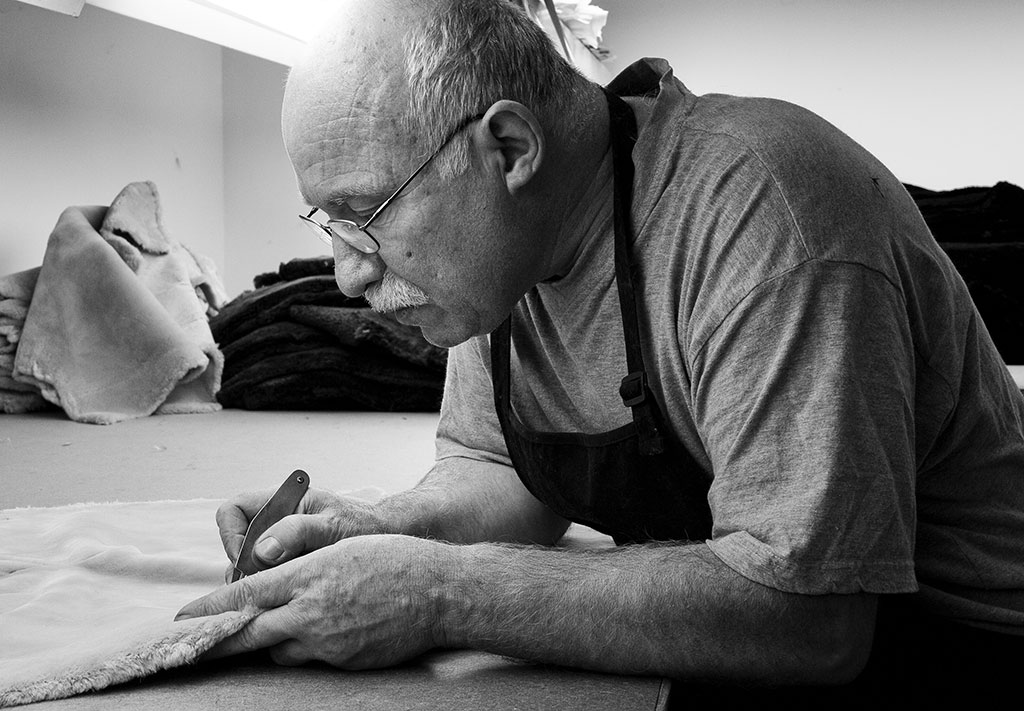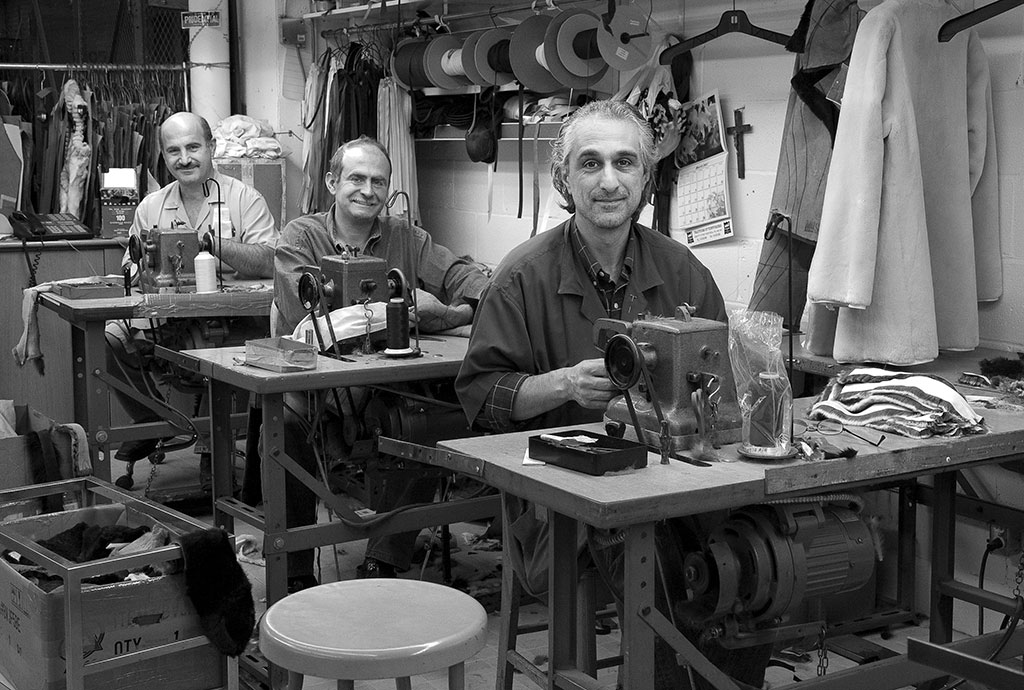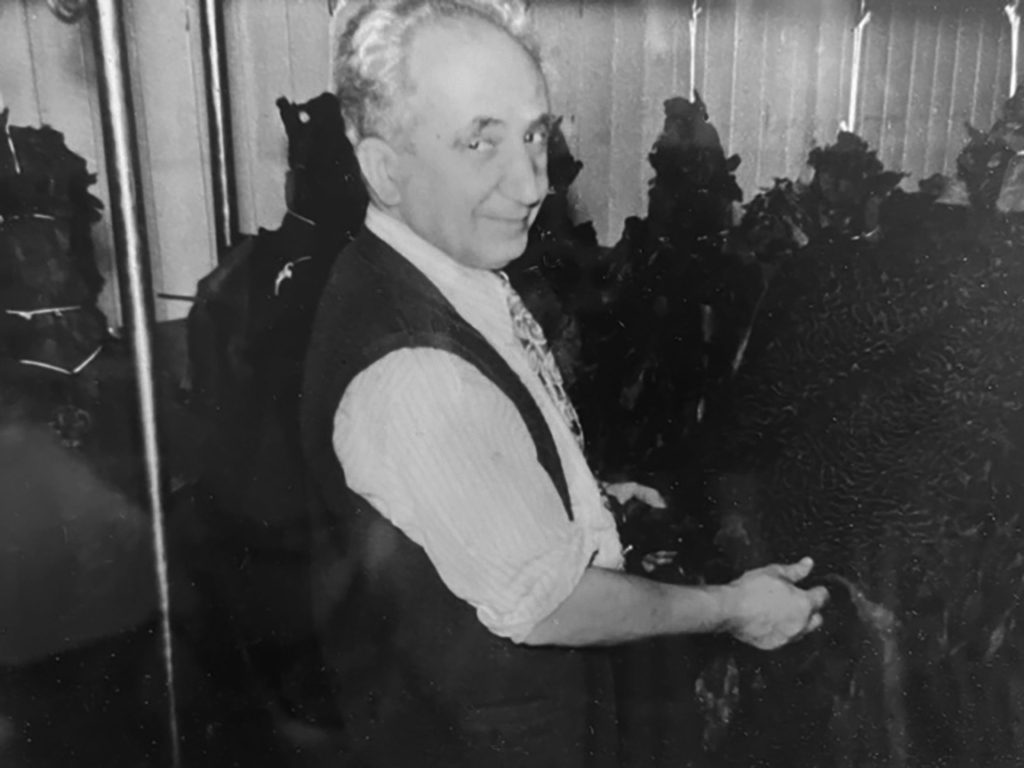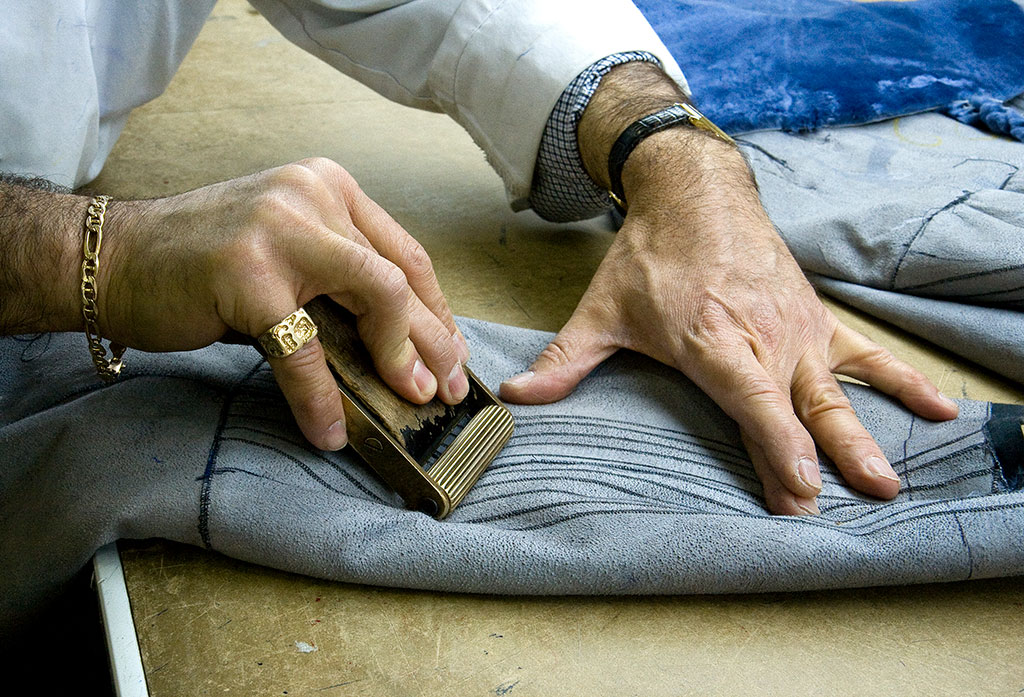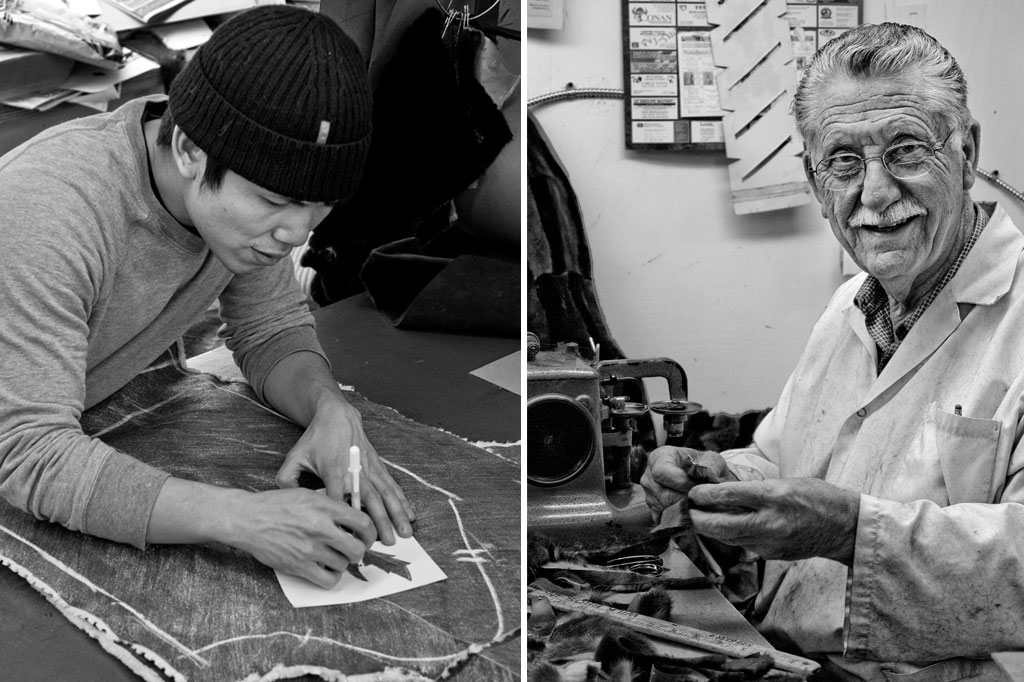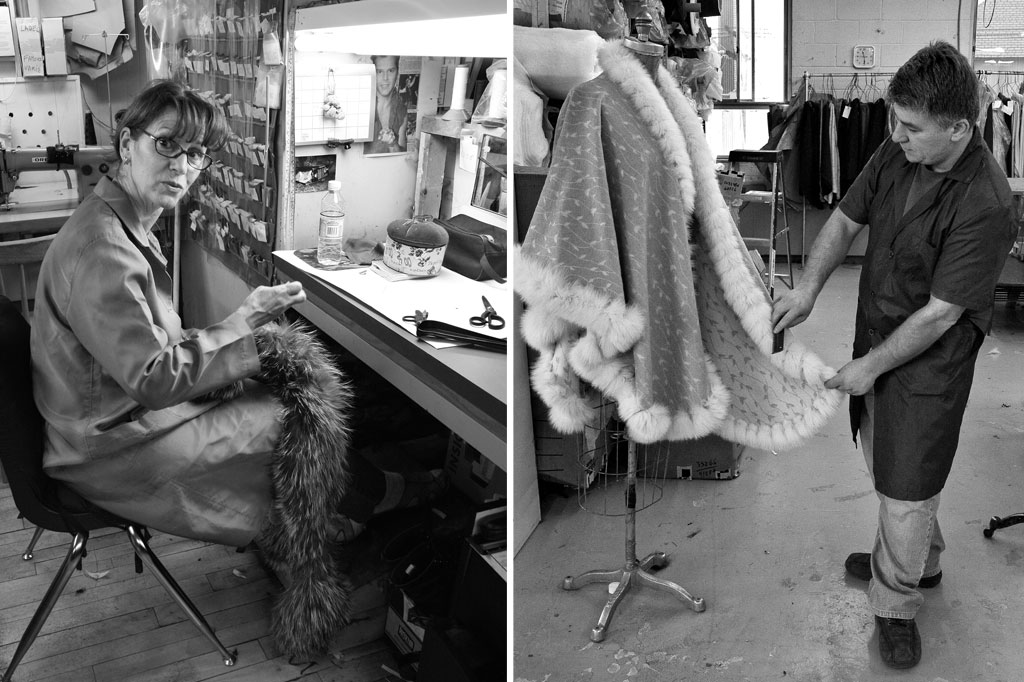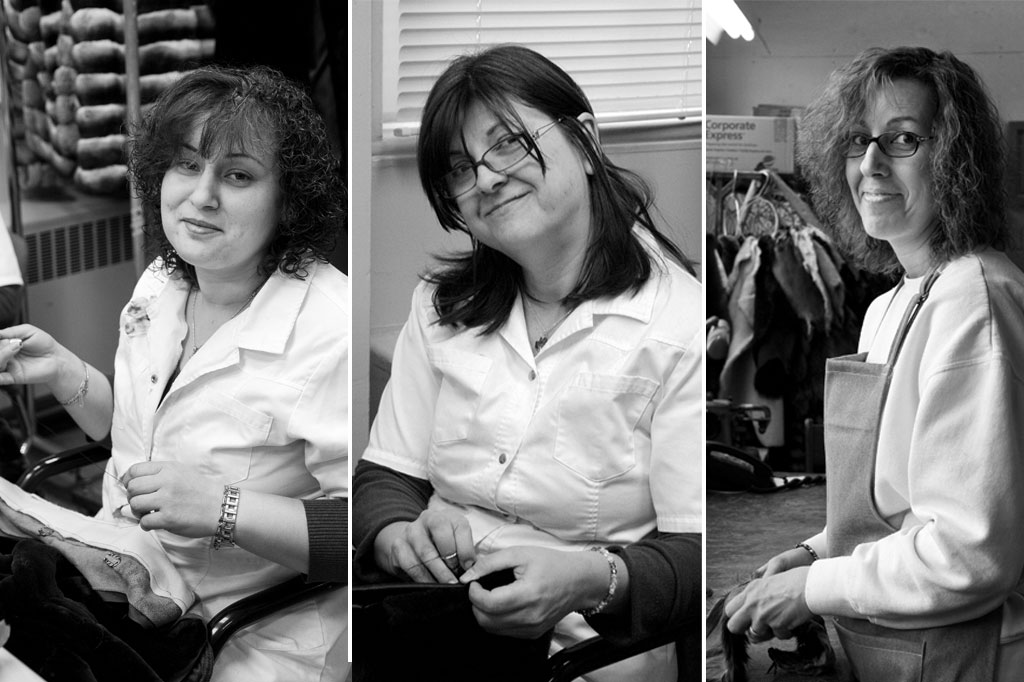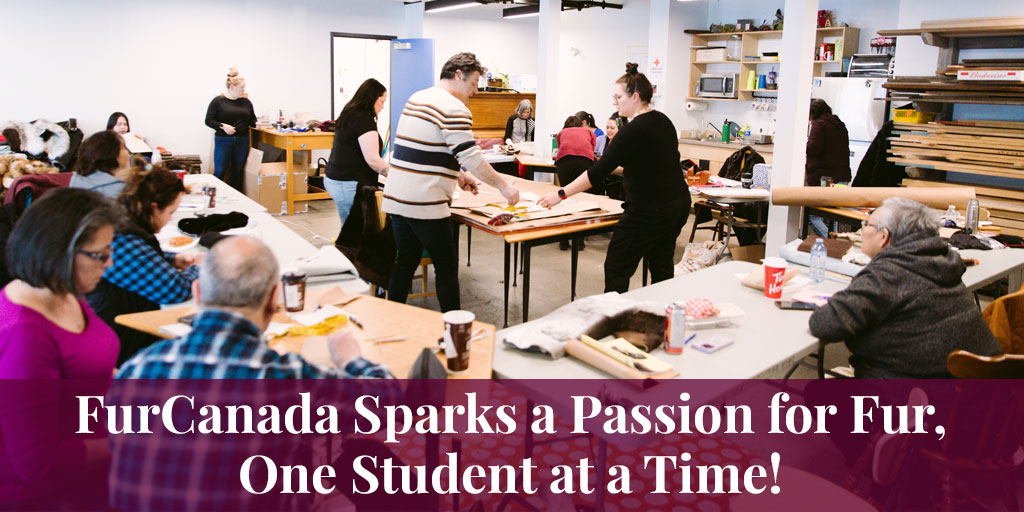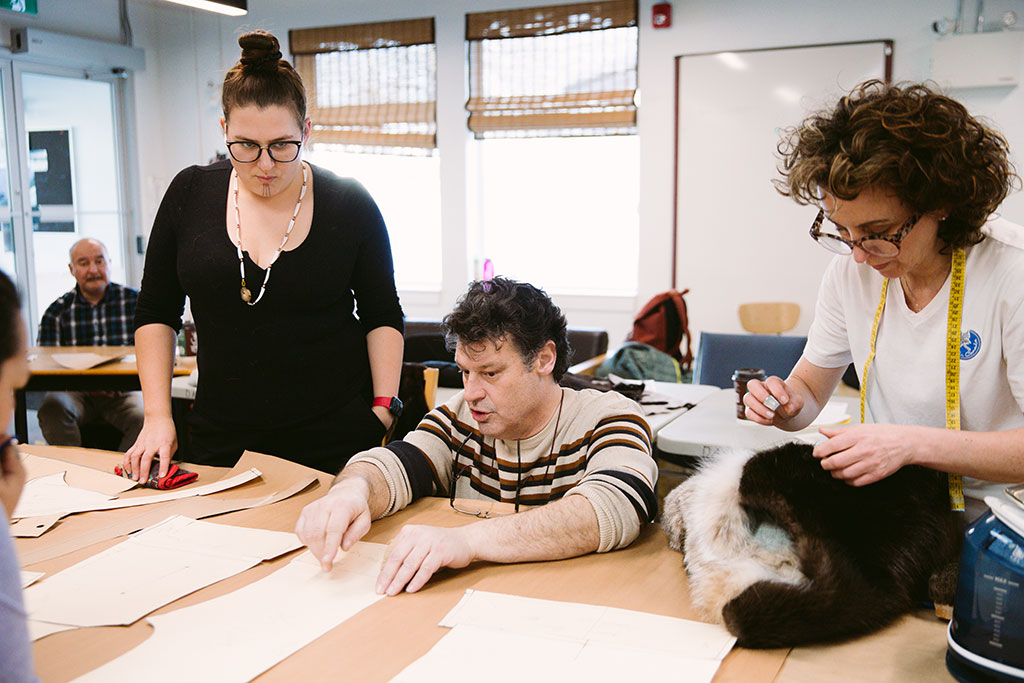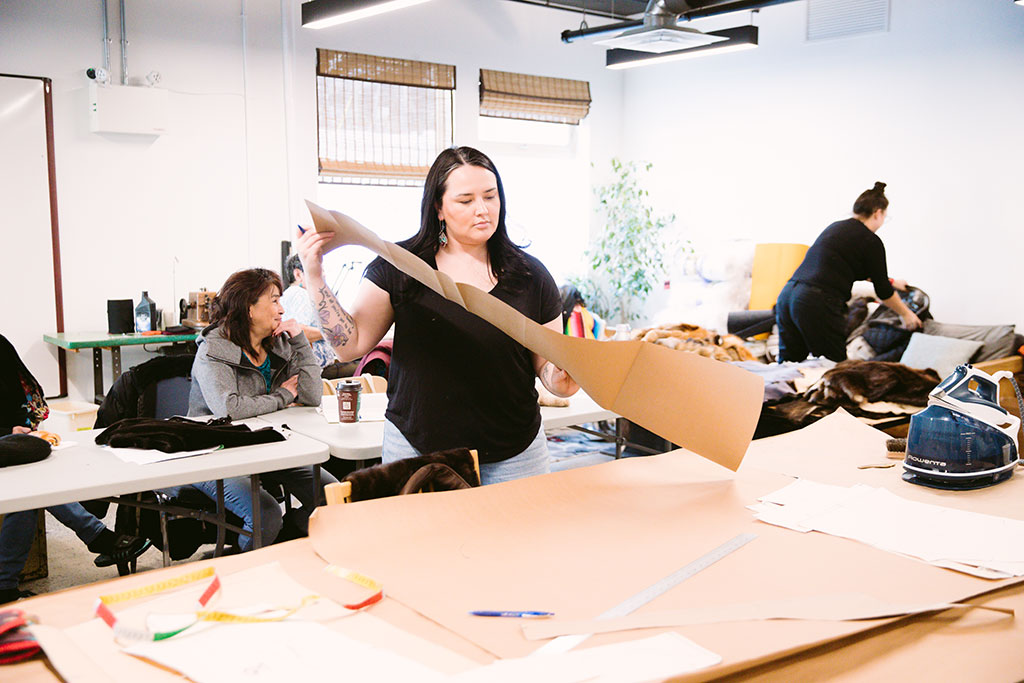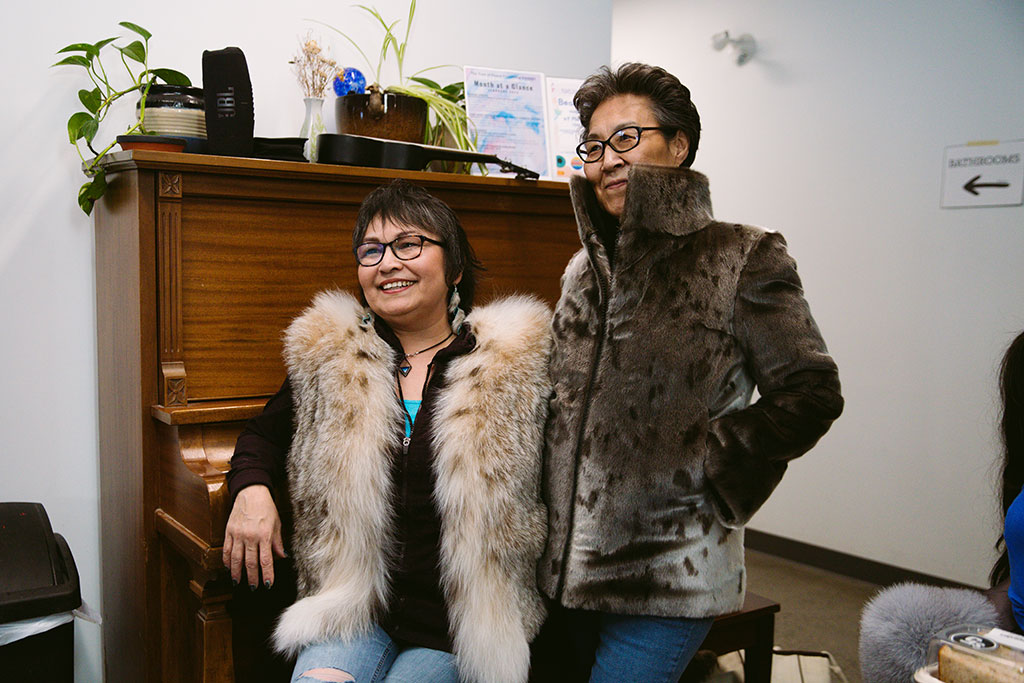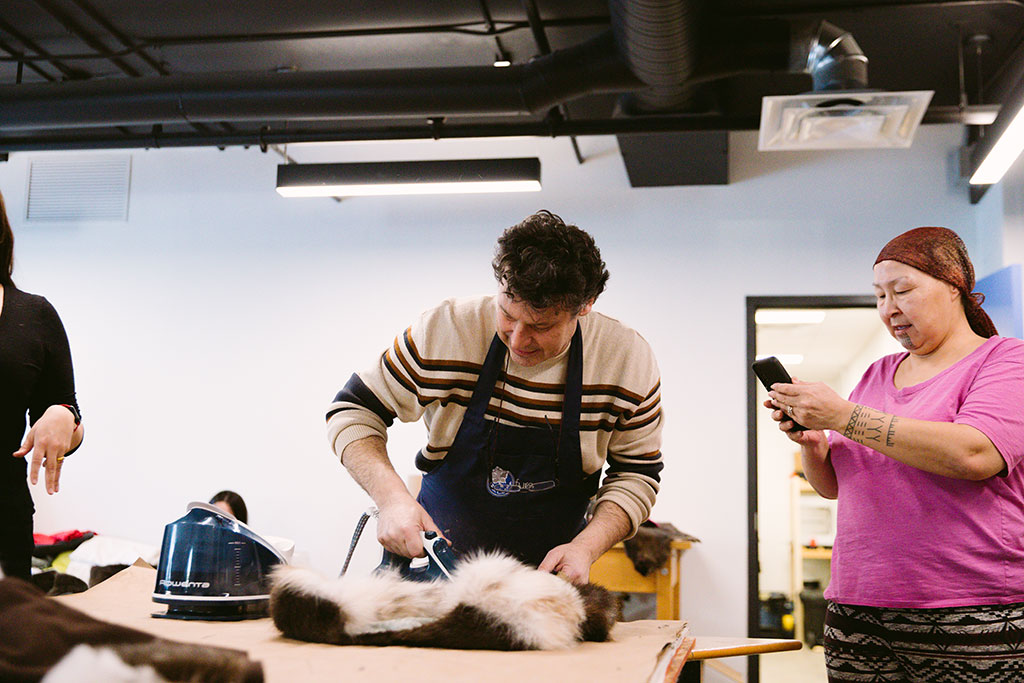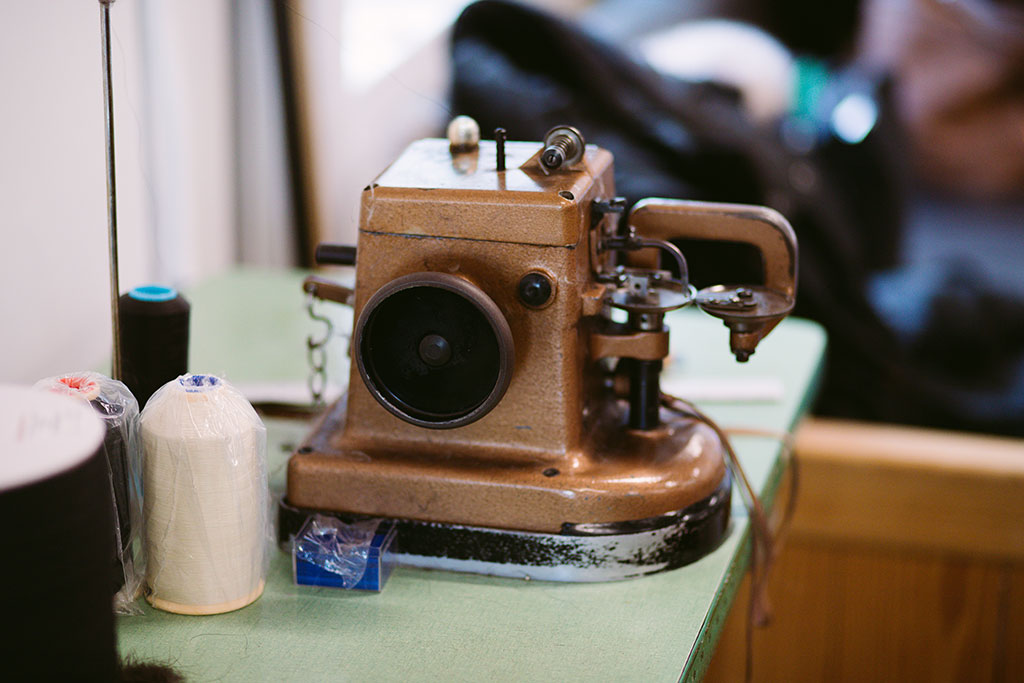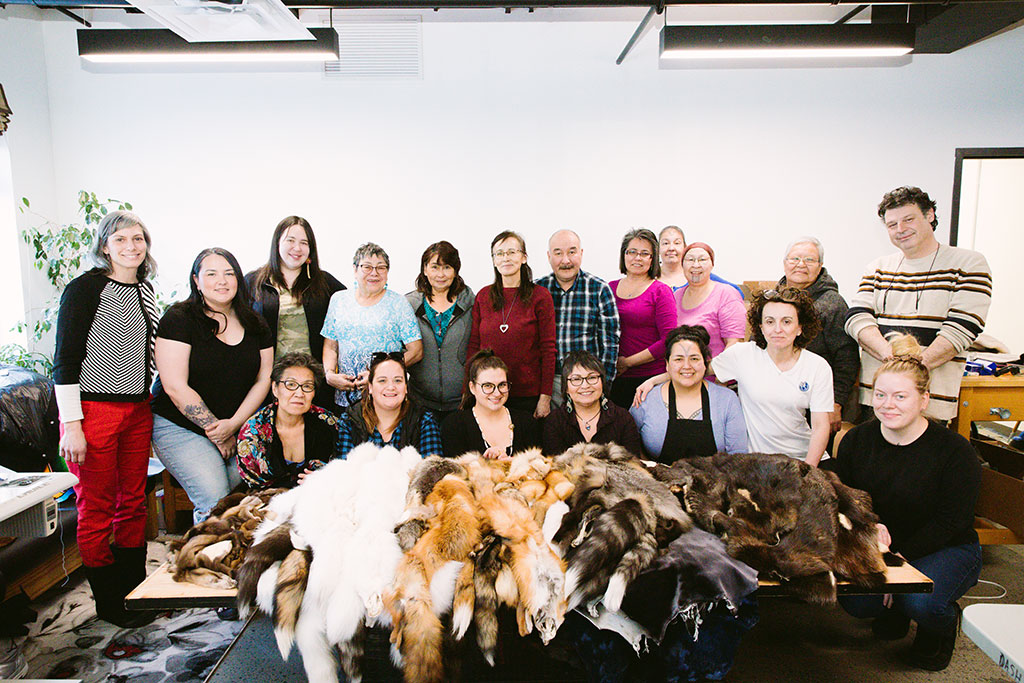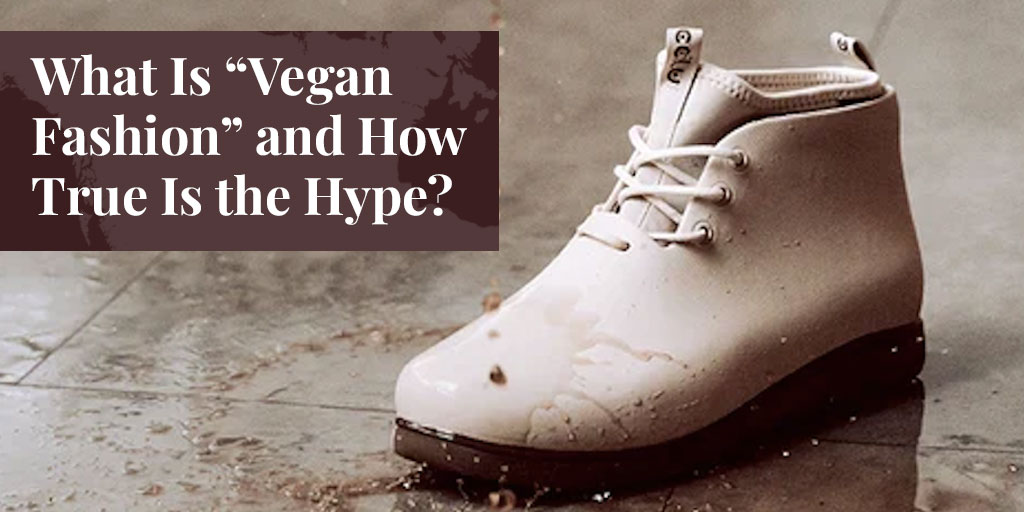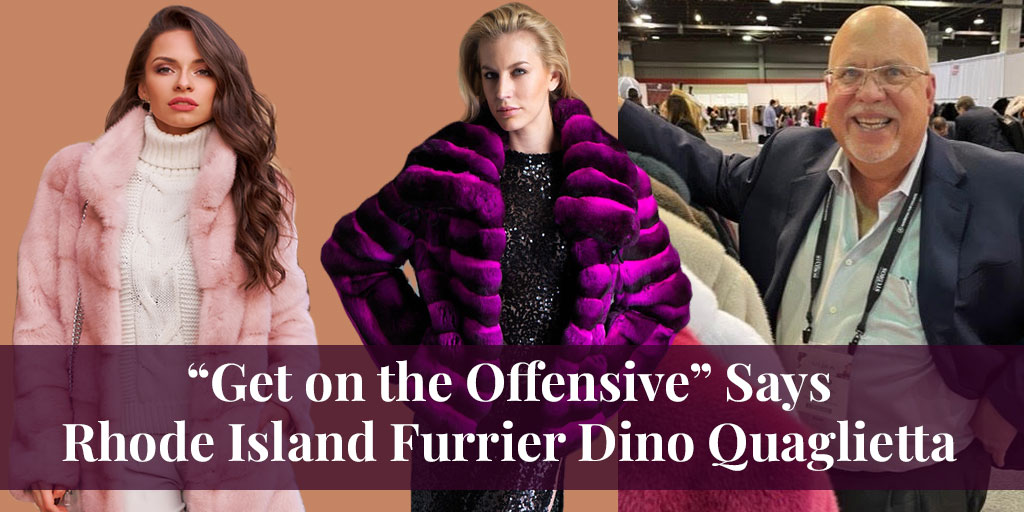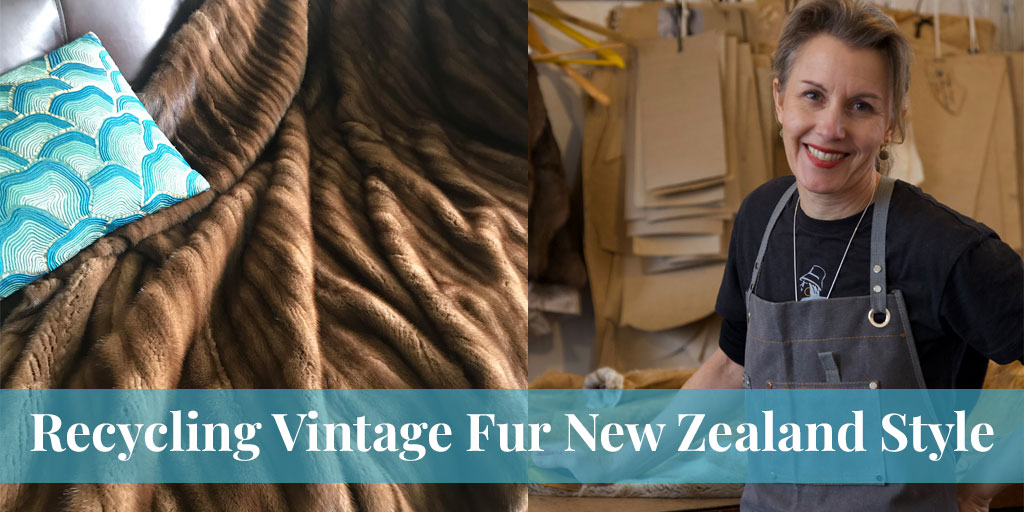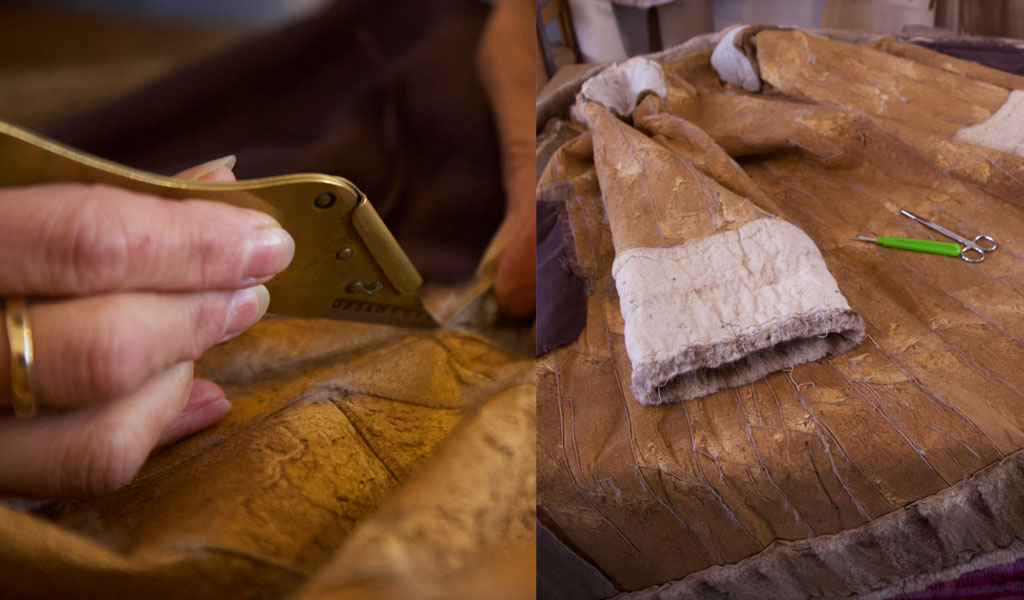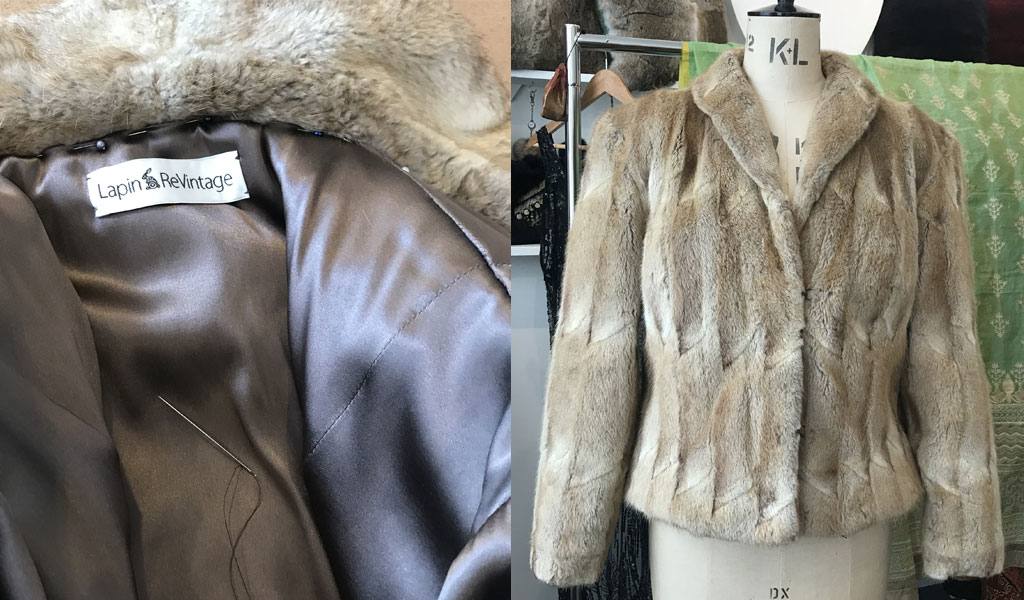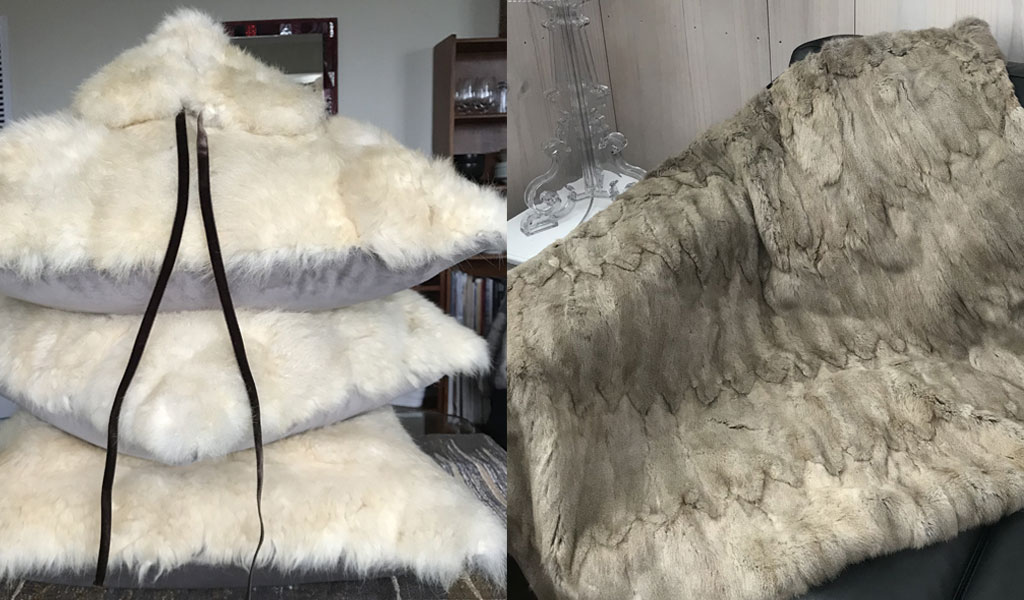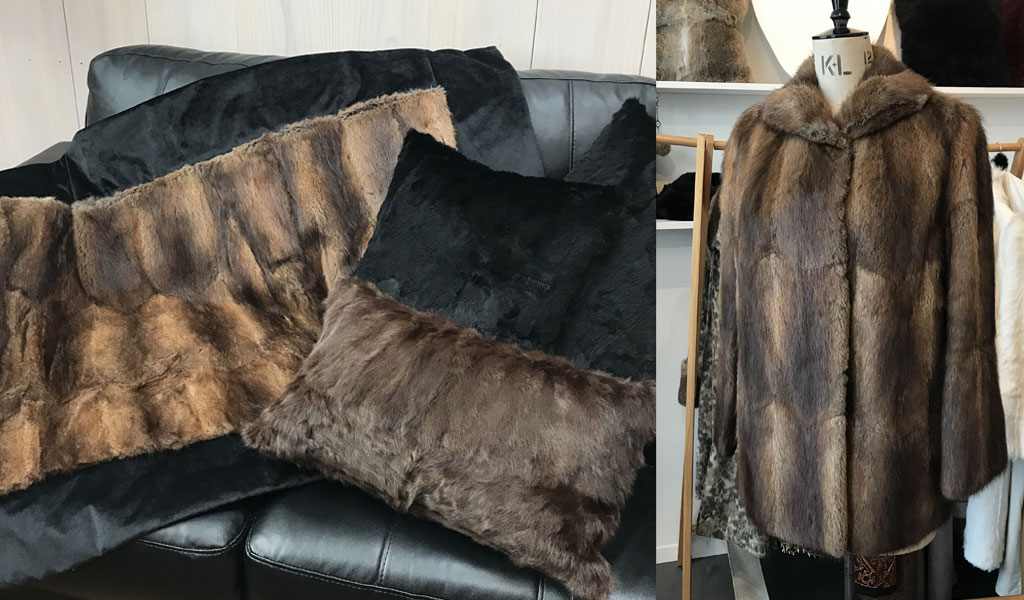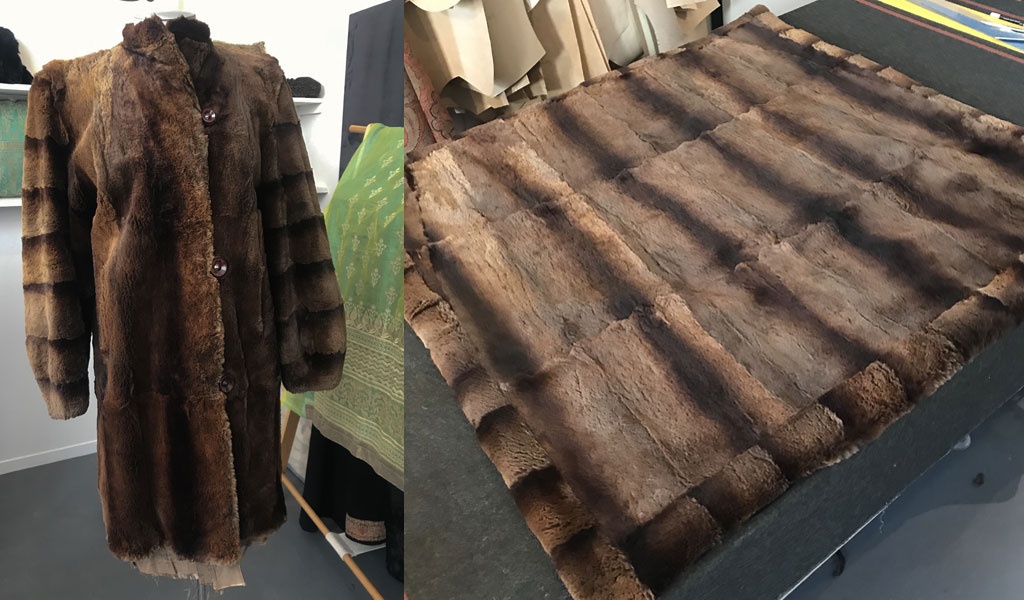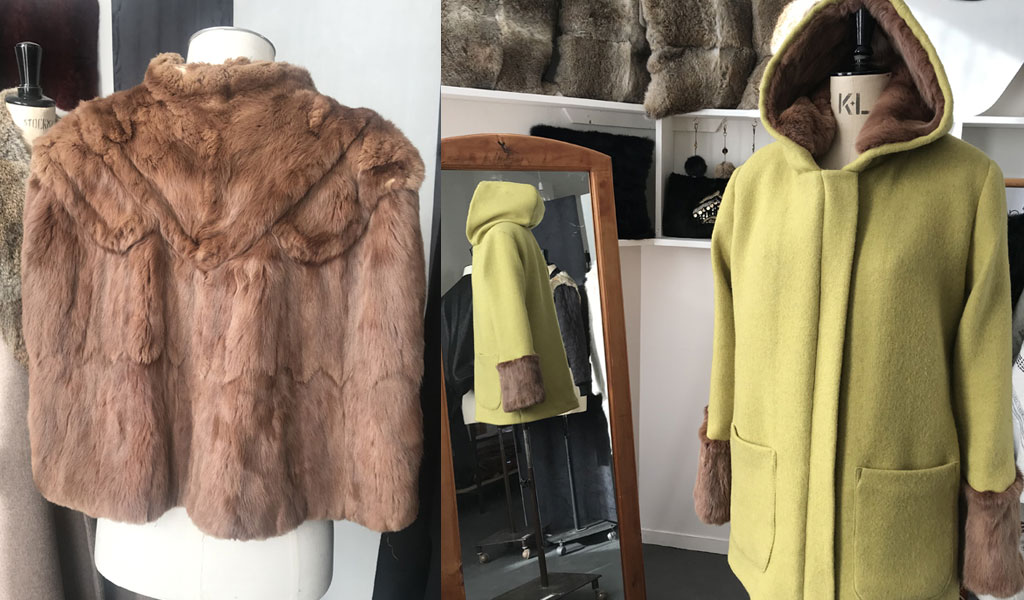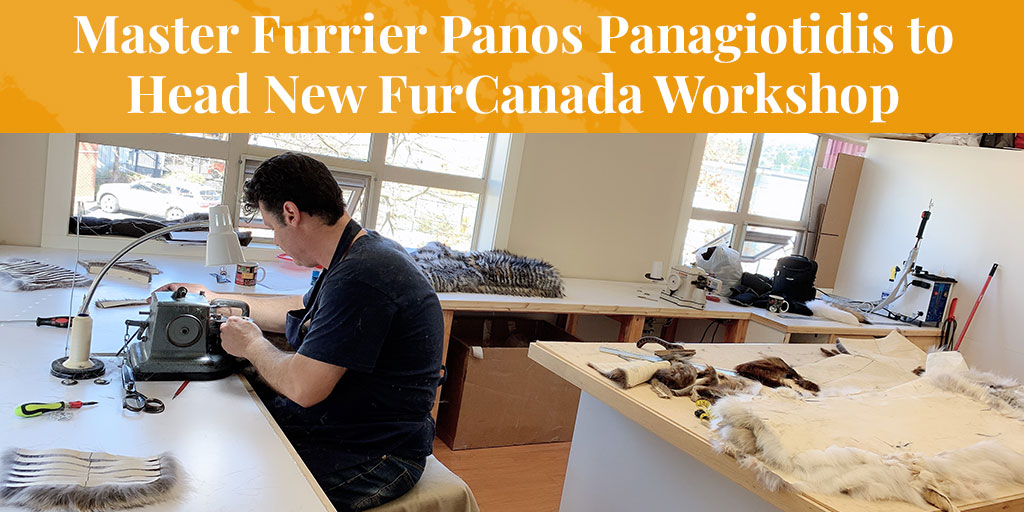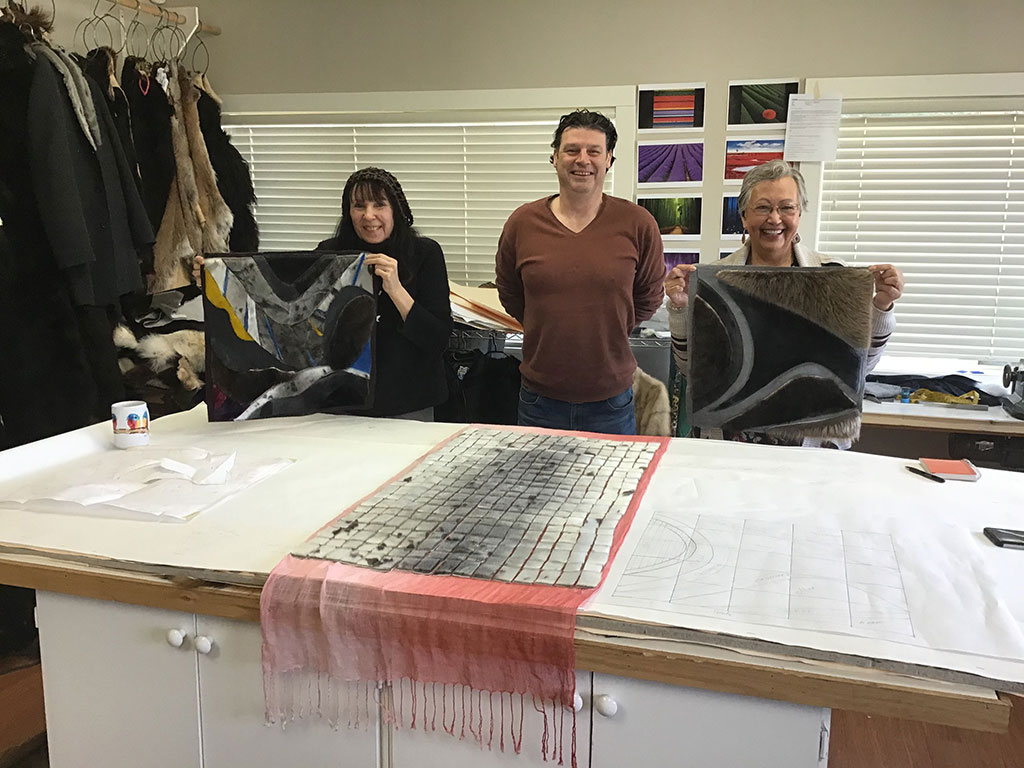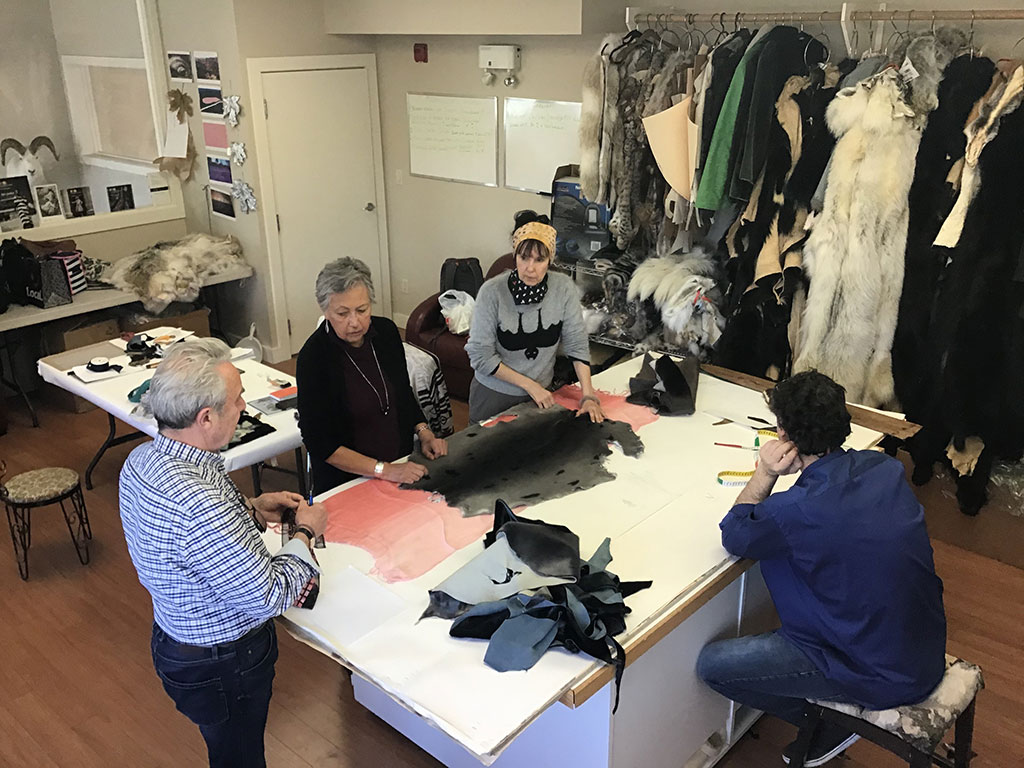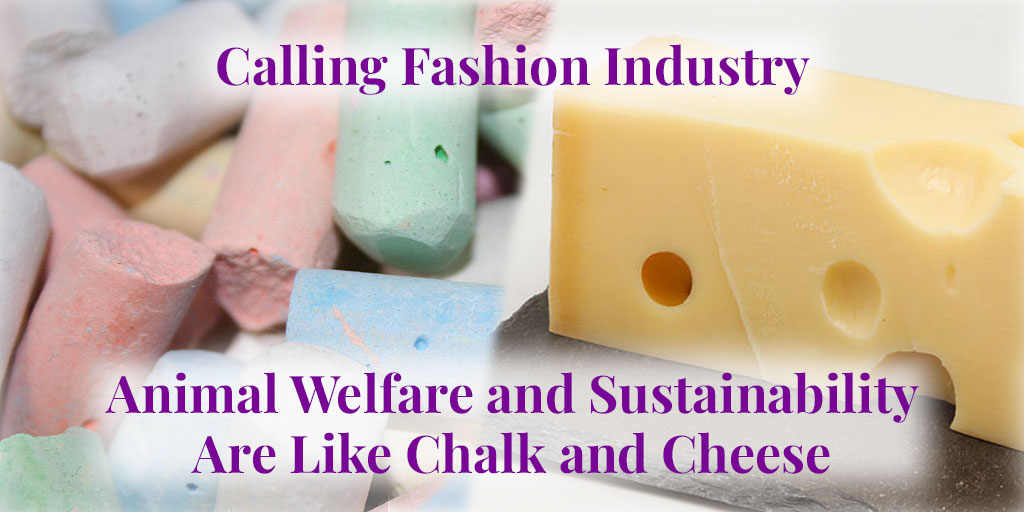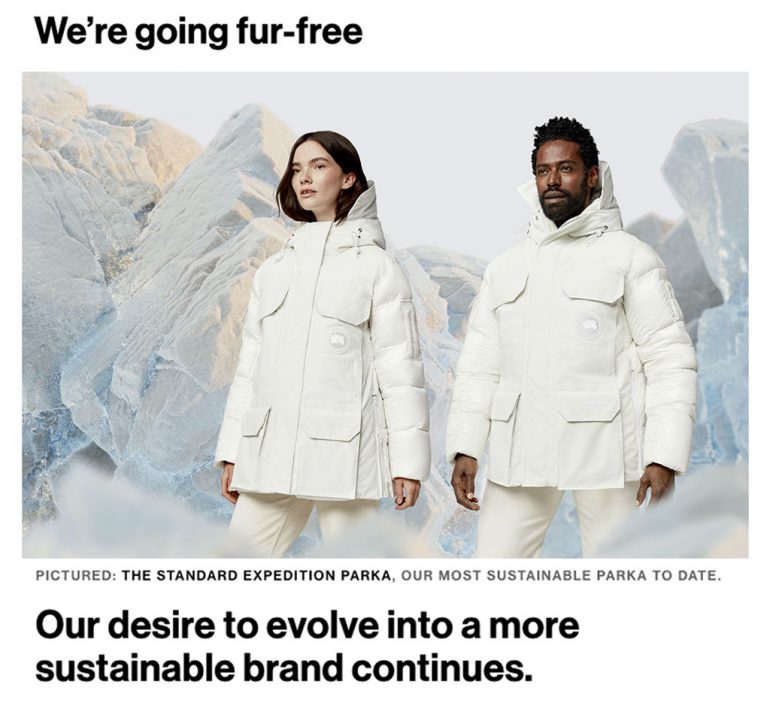As Society’s Grasp of Sustainability Improves, Is Fur Making a Comeback?
by Simon Ward, editor, Truth About FurAfter decades of shrinking markets amid incessant attacks from animal rights groups, could real fur actually be on the verge…
Read More
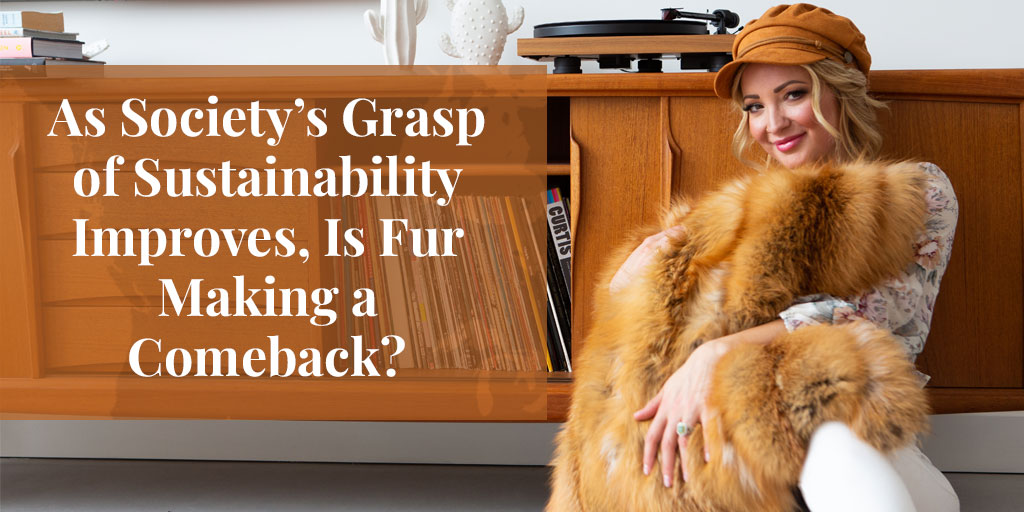
After decades of shrinking markets amid incessant attacks from animal rights groups, could real fur actually be on the verge of a comeback? And will it hinge on society's better understanding of sustainability?
Before you dismiss this is as just another puff piece from the fur trade, the mainstream media are asking the same question. Why is fur – real and pretend – everywhere again? asked Vogue this March. Can fur make a comeback? asked the Washington Post in April.
These are both prestigious titles not known for making stuff up, but there are plenty of other articles out there telling a similar story.
So if it's really true, why is it happening now? And should we really be surprised?
Understanding Sustainability
The last two decades have been tough for the fur trade, above all because of effective campaigns by animal rights groups to win over the media and vote-hungry politicians. It's impossible to count the number of media reports and pieces of legislation (particularly in the US) that have relied on half-truths and lies spoon-fed by these groups.
Two anti-fur campaigns have been particularly effective at hogging the media spotlight, in large part because they are highly repeatable. One involves pressuring well-known designer brands and retailers into dropping fur. The other seeks legal bans on fur production and retail at the town, city or state level. When one target has either capitulated or been bled dry of headlines, campaigners just move on to the next.
But while all this has been going on, the zeitgeist of society has changed dramatically. Thanks to the Internet, information is more available than ever before. And the conversation has changed too, and become more inclusive.
Above all, our focus now is on climate change. Scientists have been predicting trouble for years, but until recently they spent most of their time talking to one another, and most of us had little say. But now we're all involved, and many more of us can talk intelligently on topics as diverse as single-use plastics, watershed pollution, habitat loss, greenhouse gases, ozone holes and carbon footprints. Our grasp of these concepts has come on by leaps and bounds in a very short space of time.
As a result, some of the arguments the fur trade has been making for decades are now resonating with a much broader audience, among them the strongest argument in fur's favour: sustainability.
Just to recap the facts, in case you don't already know: Fur is a renewable natural resource, which means it is, by definition, sustainable. In contrast, petroleum-based synthetics like polyester, that now dominate the fashion industry, are non-renewable and therefore unsustainable. And contrary to what animal rights groups may want us to believe, fur is biodegradable, petroleum-based synthetics are not, and the environmental footprint of fur production is insignificant in comparison to that of synthetics.
SEE ALSO: Fur, a renewable resource. Fur Is Green.
Less Gullible

Because most people now get the facts, we are also far less gullible than we once were. How many of the following half-truths and lies did you once believe but now reject?
• Fake fur is better for the planet than real fur, because it does not involve killing animals. This is demonstrably false on several grounds. Both extracting petroleum and producing fake fur are polluting processes which kill millions of animals indirectly. Furthermore, fake fur sheds harmful microplastics into the food chain when washed, and at the end of its life, it's either burned or sits in landfills, causing further pollution.
• For the same reason, "vegan fashion" is good for the planet. Most vegan fashion is made of plastic, while much of the rest uses cotton, with all the harm to the environment that cotton production entails. Do you remember "pleather"? It didn't take a genius to figure out it was made of polyurethane, so marketers rebranded it as "vegan leather". But it's the same thing.
SEE AlSO: What is "vegan fashion" and how true is the hype? Truth About Fur.
• Fur is a special case because it's especially "cruel" and "unnecessary". All animal-users have known for years that this claim is false. Fur is just a soft target, and the ultimate goal of the animal rights movement is to end all animal use. In 2022, longtime advocate of sustainable use Canada Goose yielded to pressure to drop fur, hoping animal rights groups would leave it alone. Instead, protesters just took aim at its use of down stuffing instead.
SEE ALSO: Canada Goose retreats from fur. We should all worry, not just trappers. Truth About Fur.
• Inhumane treatment of animals is unsustainable. Despite the fact that animal welfare and sustainability are fundamentally different issues, animal rights groups have enjoyed great success persuading fashion brands and retailers to drop fur by convincing them they are part of the same package. Companies like Gucci and Canada Goose have even incorporated animal welfare into their sustainability policies.
SEE ALSO: Sustainability: Why is Gucci so confused? Truth About Fur.
How many consumers now see through such nonsensical arguments is impossible to say, but surely the number is growing, and product endorsements from animal rights groups are fast losing their value.
Mob Wife Look
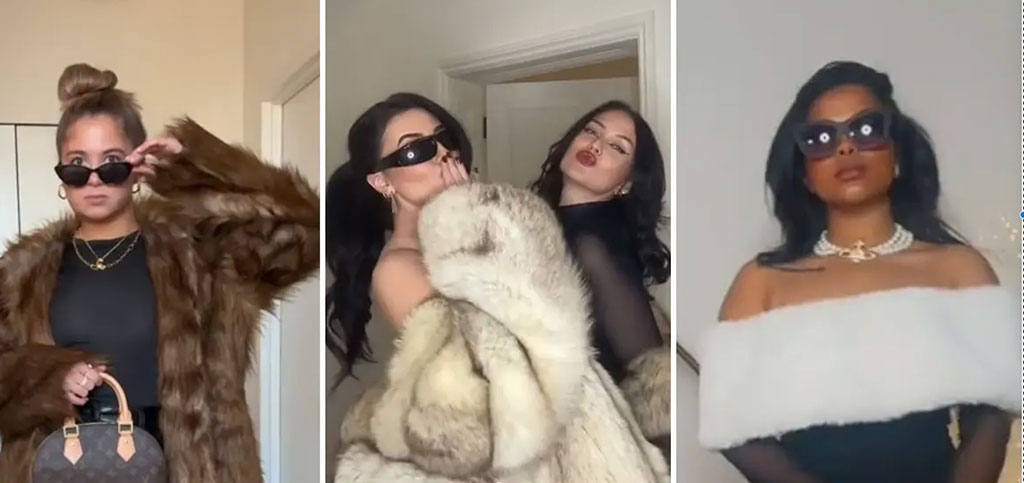
So against this backdrop, why do some media pundits think fur's comeback may be happening right now?
Almost every story about fur's comeback in the last few months mentions a fashion trend called the "Mob Wife aesthetic". Born on TikTok, the Mob Wife look asks ladies to dress how they think the wives of Sonny Corleone, John Gotti or Tony Soprano dress. And the look is not just for clubbing. If you're visiting the grocery store, throw on your leopard-print jumpsuit, high heels, giant shades and bling jewellery, and top it all off with a fur stole.
SEE ALSO: TikTok’s ‘mob wives’ trend is fueling a resurgence of fur. CNN Style, Feb. 1, 2024.
But where did the Mob Wife look itself come from? Fashionistas theorise that there's a rebellion against the "clean girl" and "quiet luxury" looks, but at a deeper level, there may also be a connection with our improved understanding of sustainability.
Here's the logic. As we question "fast fashion", reliant as it is on petroleum-based synthetics, we are turning to "slow fashion", with investment pieces made of more durable, natural materials. And as part of this trend, we're also seeing a surge in recycling, including buying used clothing at thrift stores.
Enter vintage furs. They're both slow fashion and recycled – and an integral part of the Mob Wife look.
On balance, growth of the vintage fur market must be beneficial to the fur market as a whole. A nuanced ethical debate is now being played out by people who – for now, at least – say they reject new fur because it involves taking animal life, but embrace vintage fur because the animals are dead anyway. Indeed, putting their fur to good use, they say, is actually more ethical than throwing it away.
So now there's a mix of people out there, wearing new, vintage and fake fur, all acknowledging its beauty and functionality, while having a spirited debate about which is more sustainable. This is far more positive than the predictable pro- and anti- arguments we've been hearing for decades (and that the media are probably bored with).
Meanwhile, realists point to the fact that supplies of vintage furs are limited, and that as supplies dwindle, some of its fans at least will switch to buying new.
What the future holds for fur is hard to predict, but we are now in an age of greater awareness about sustainability, and are counting on consumers to make wise choices. An obvious loser will be petroleum-based synthetic garments, while winners will come from a range of renewable natural resources. That should include fur.
